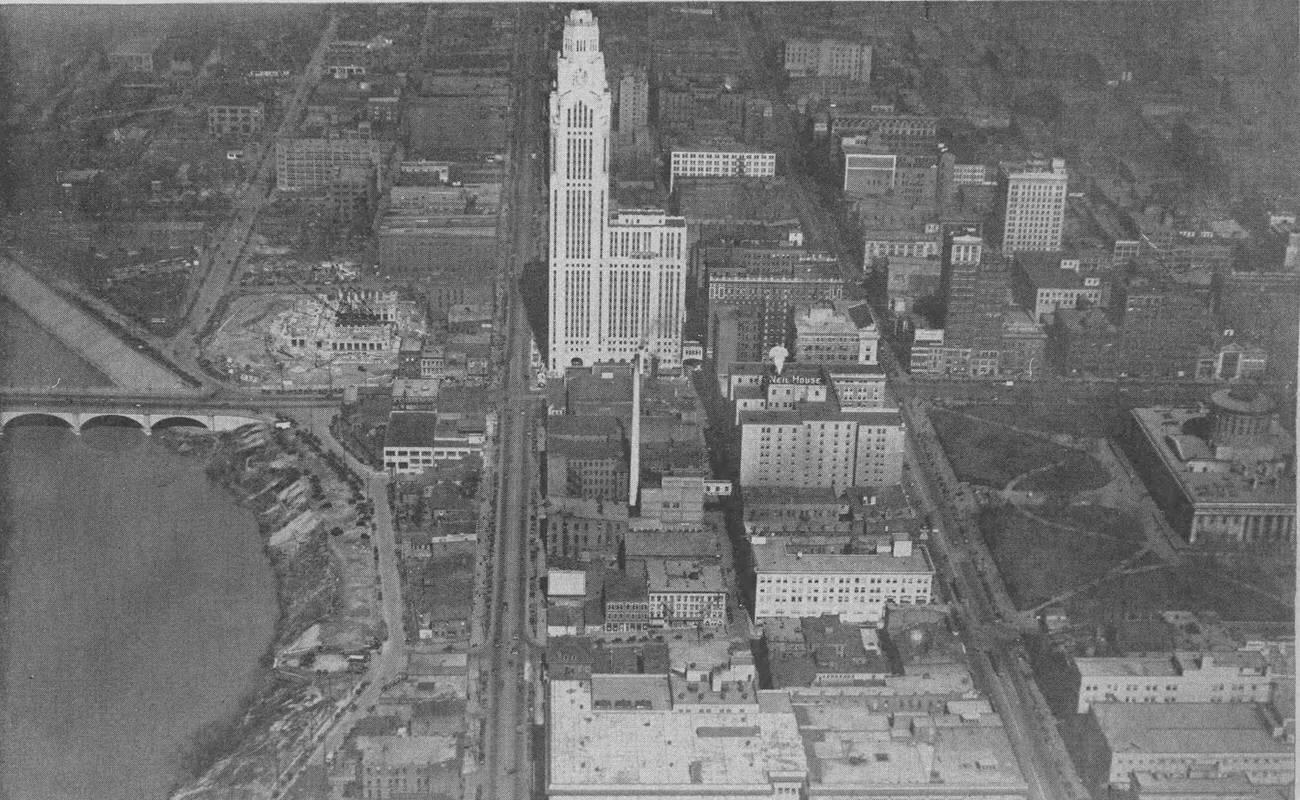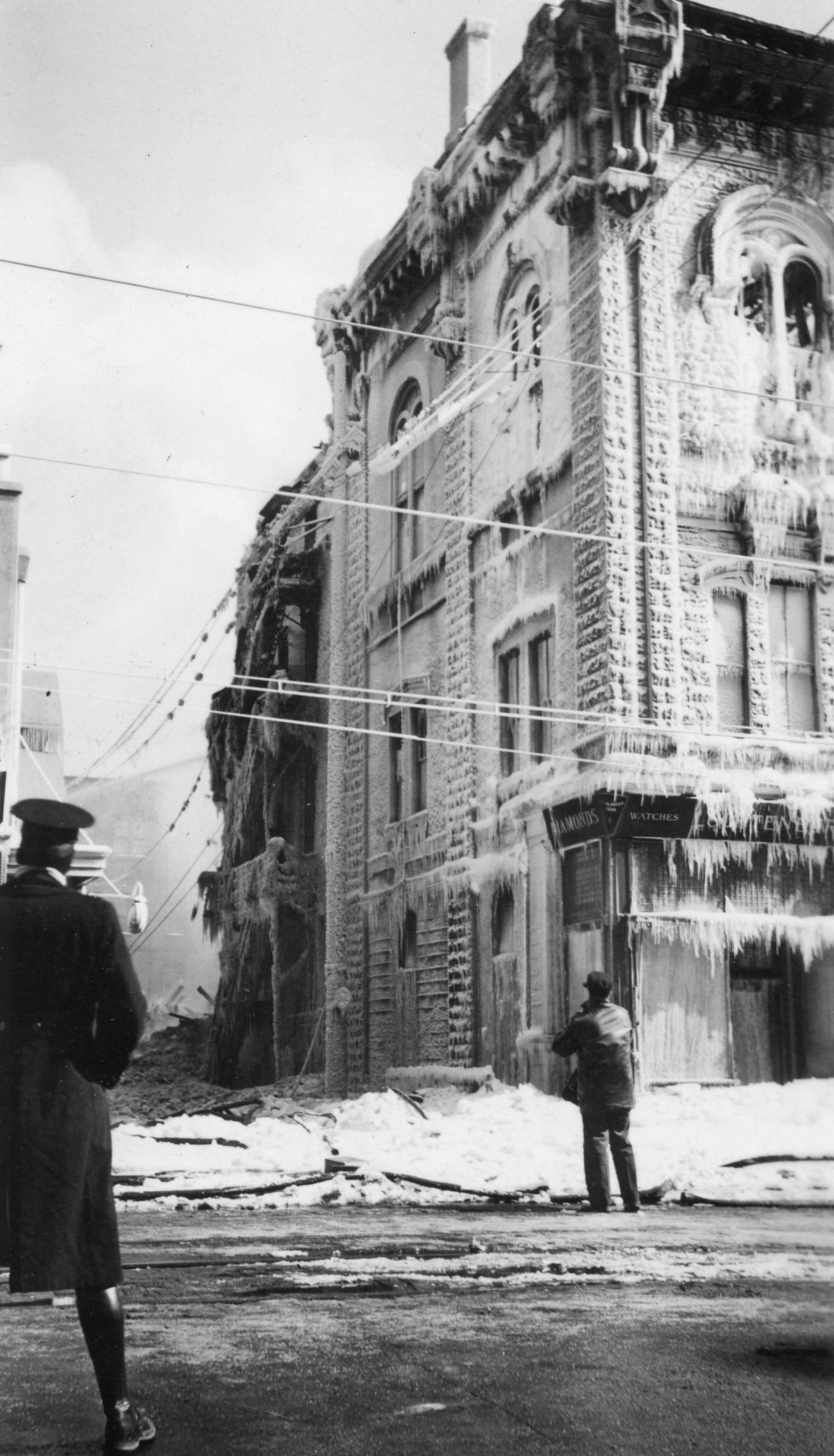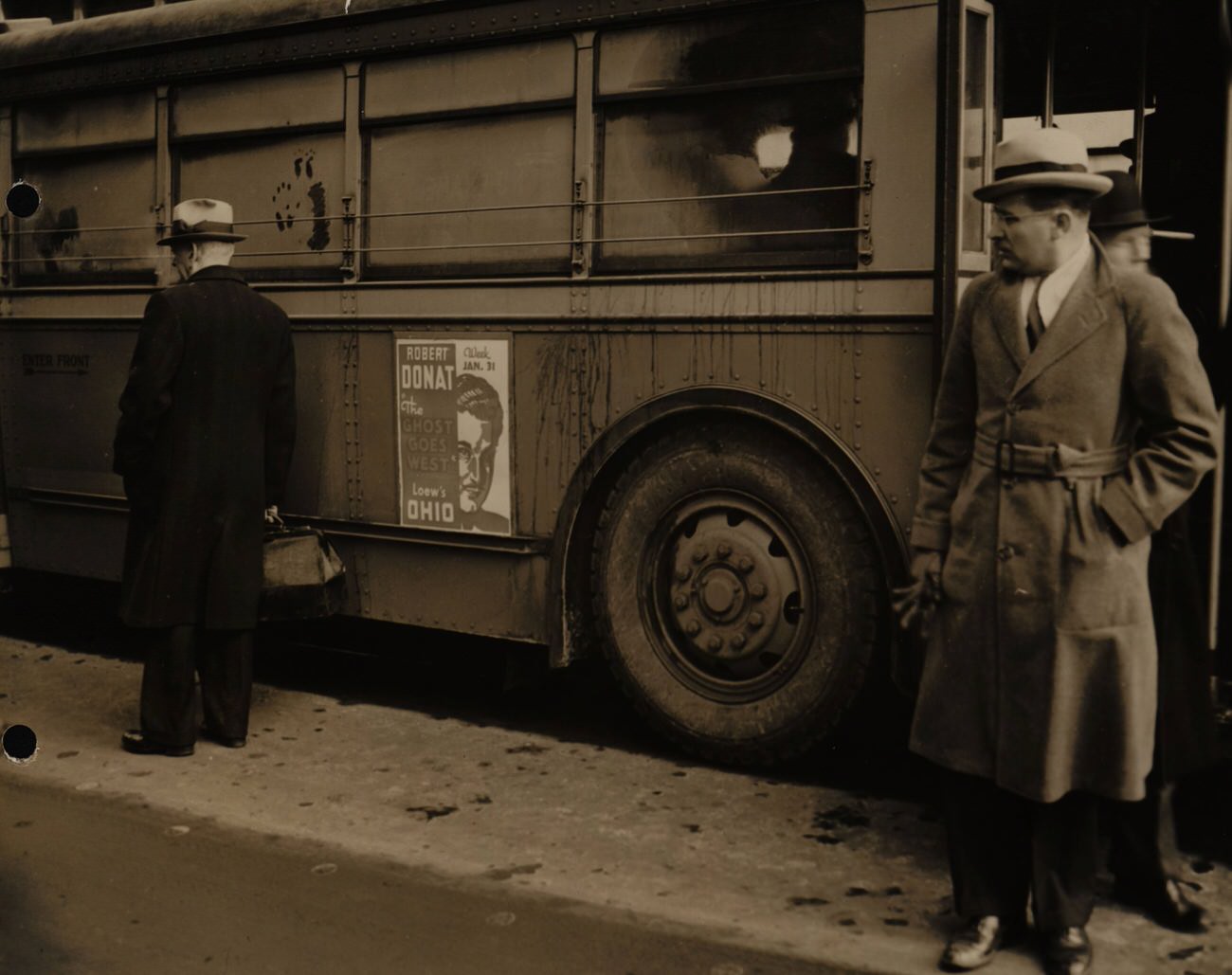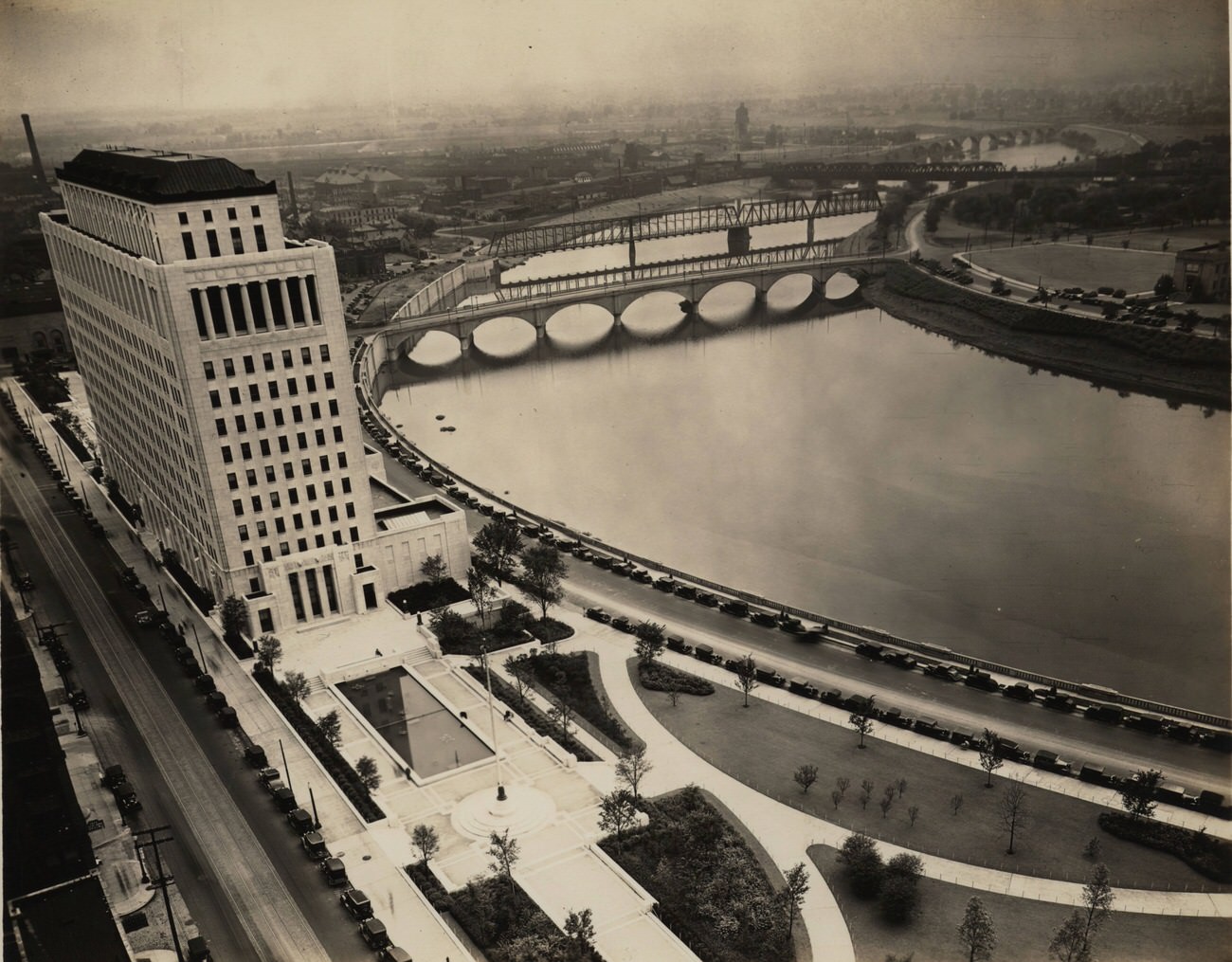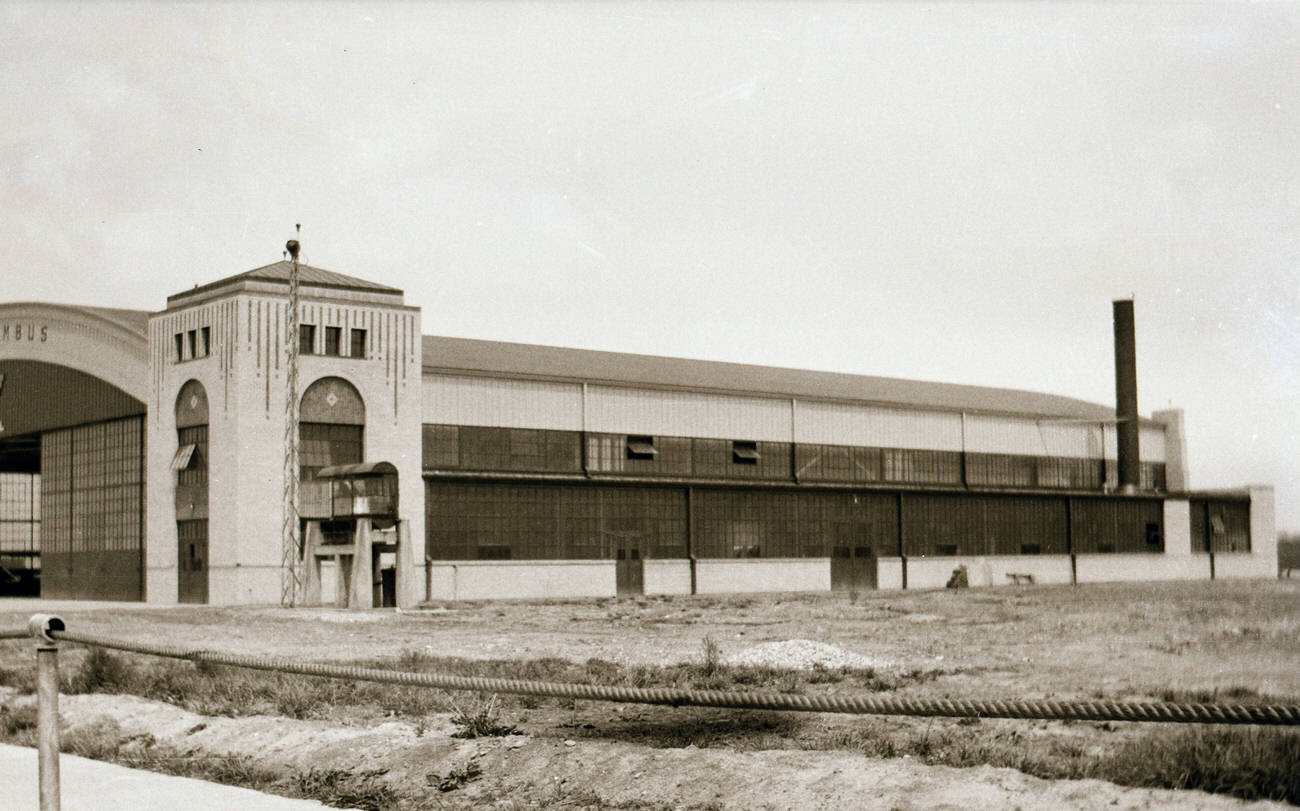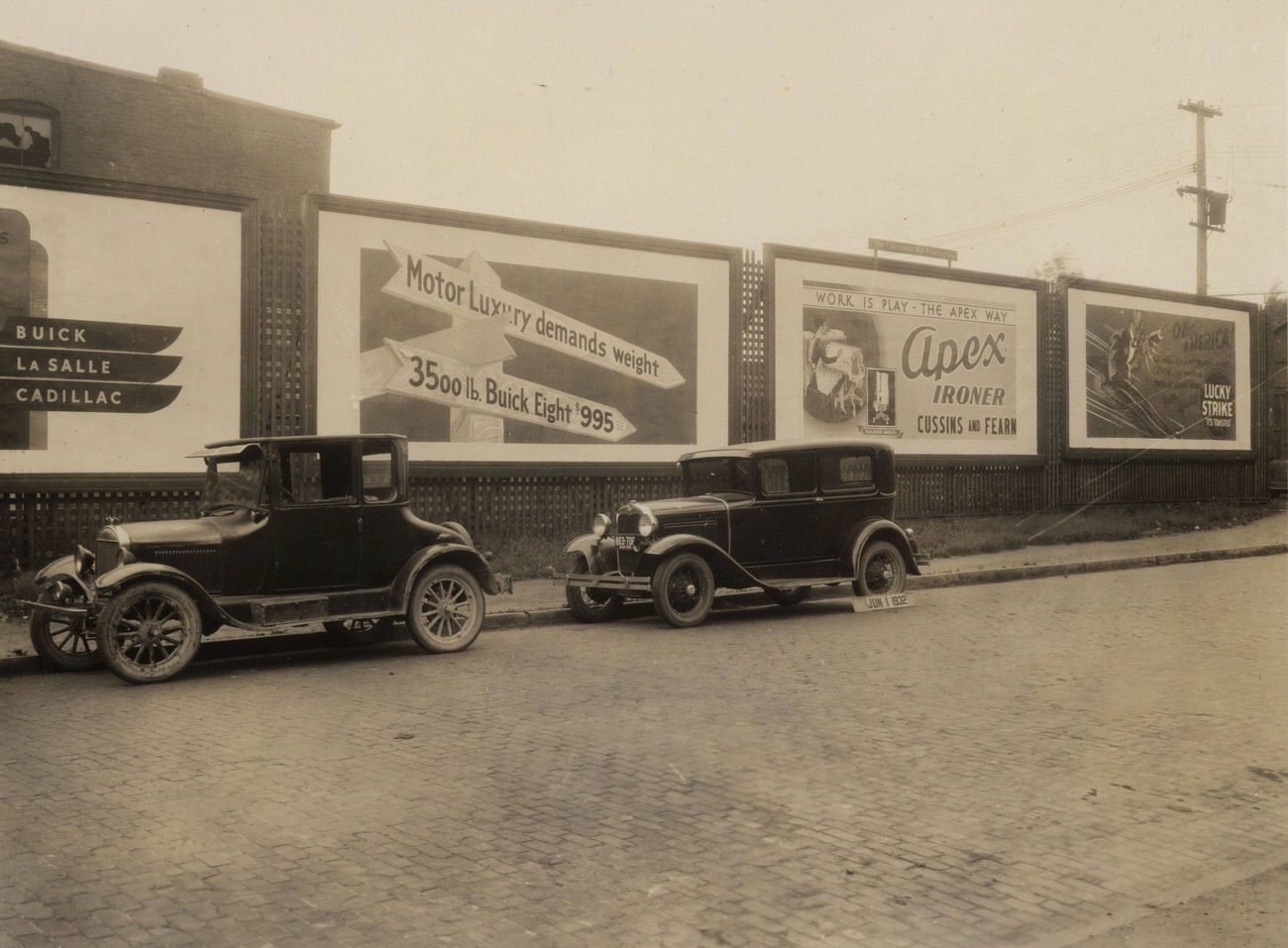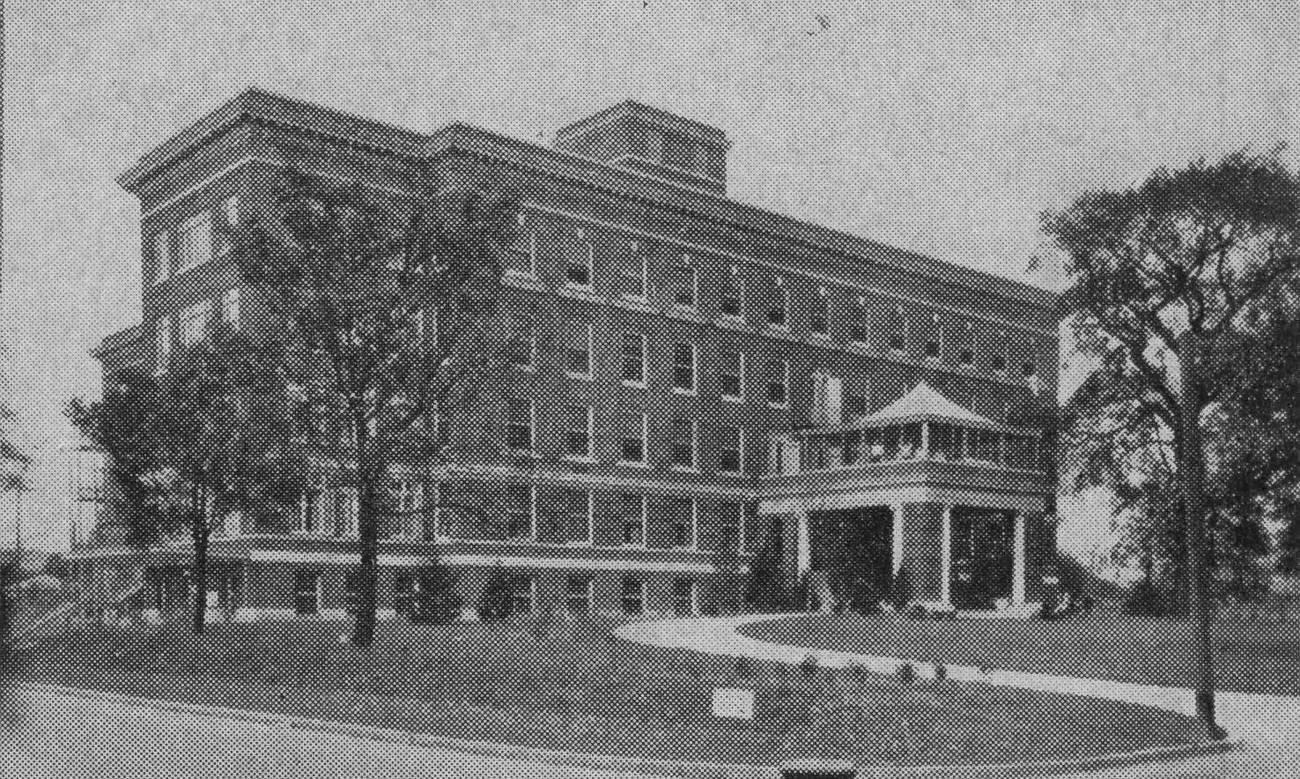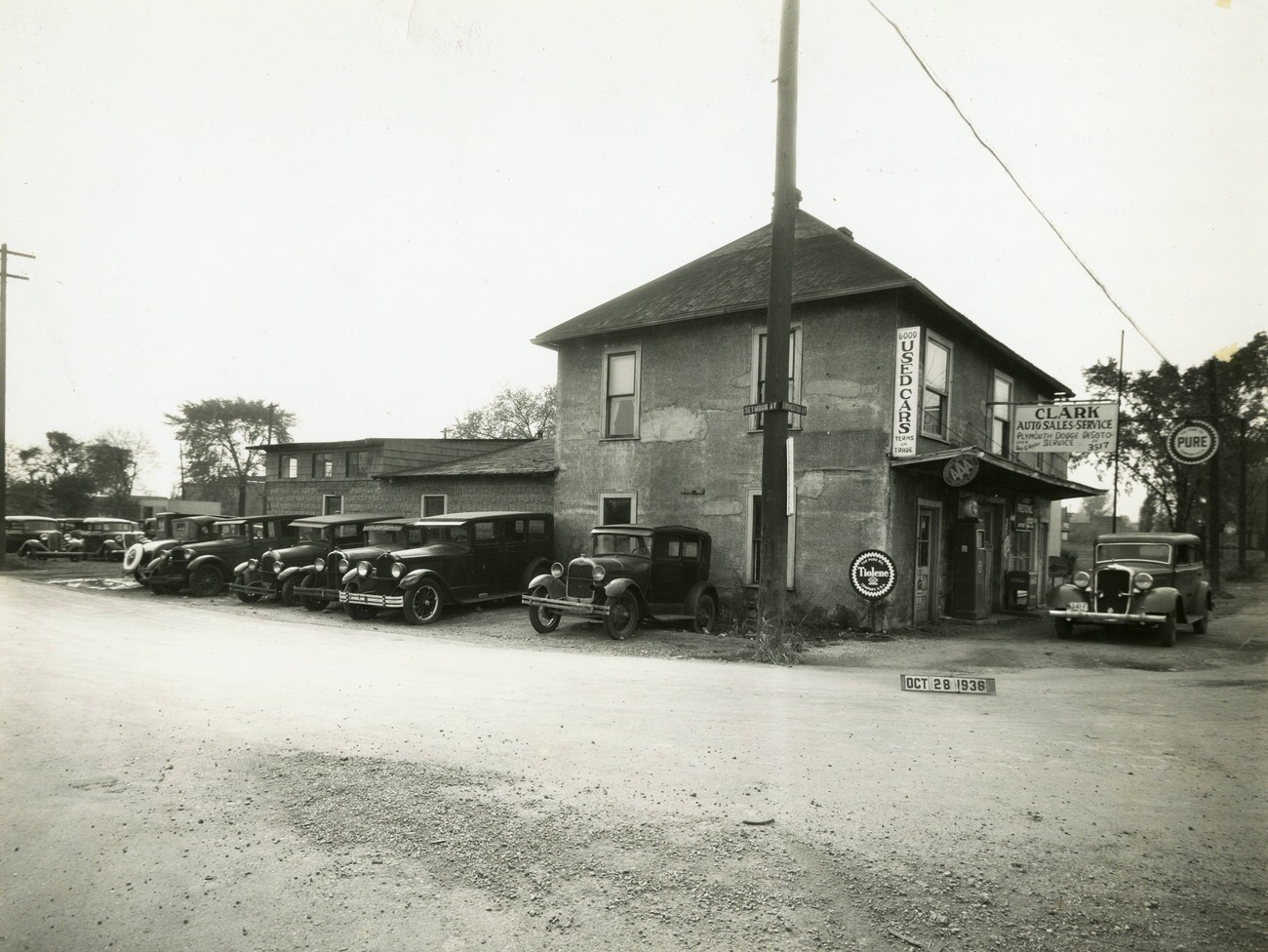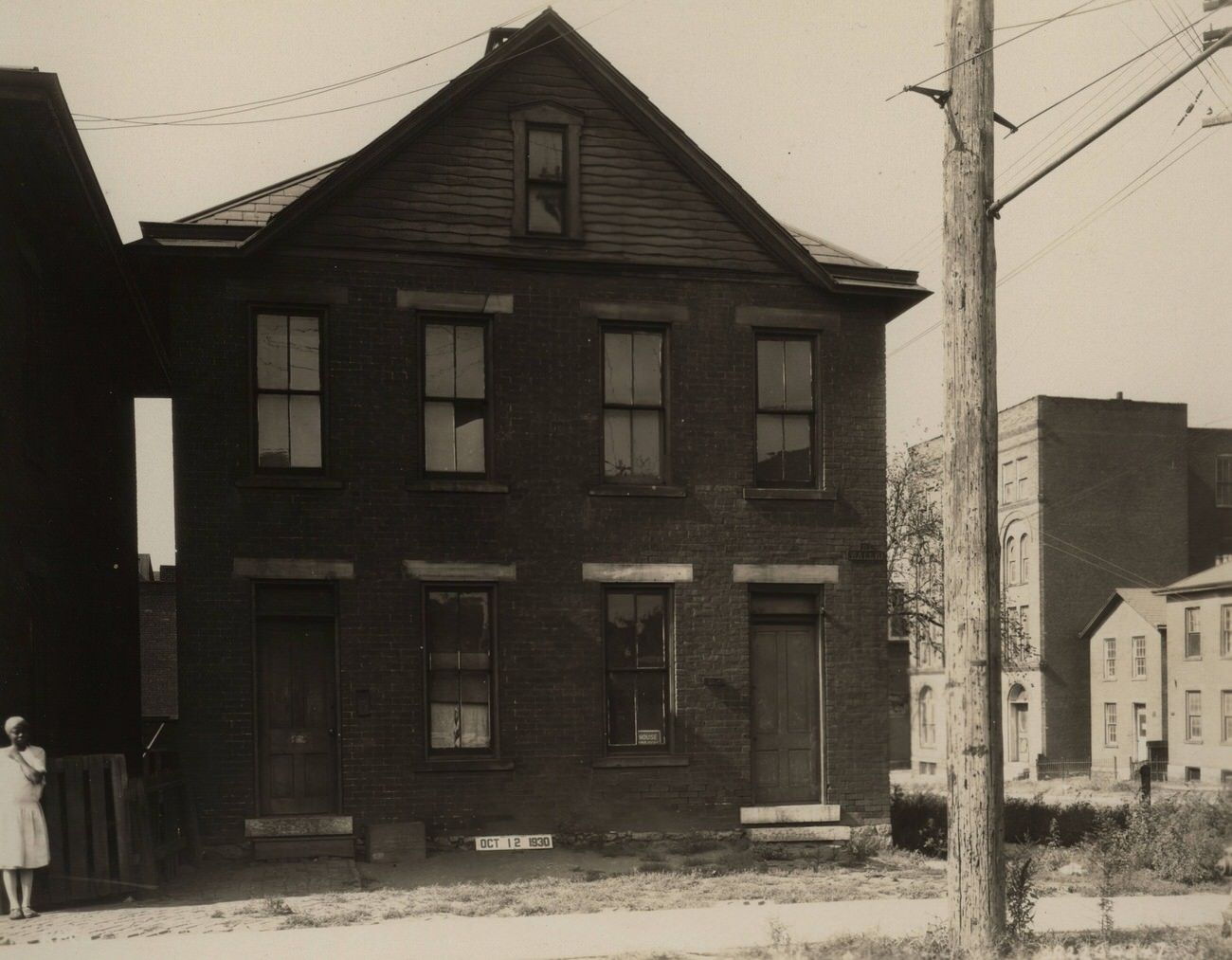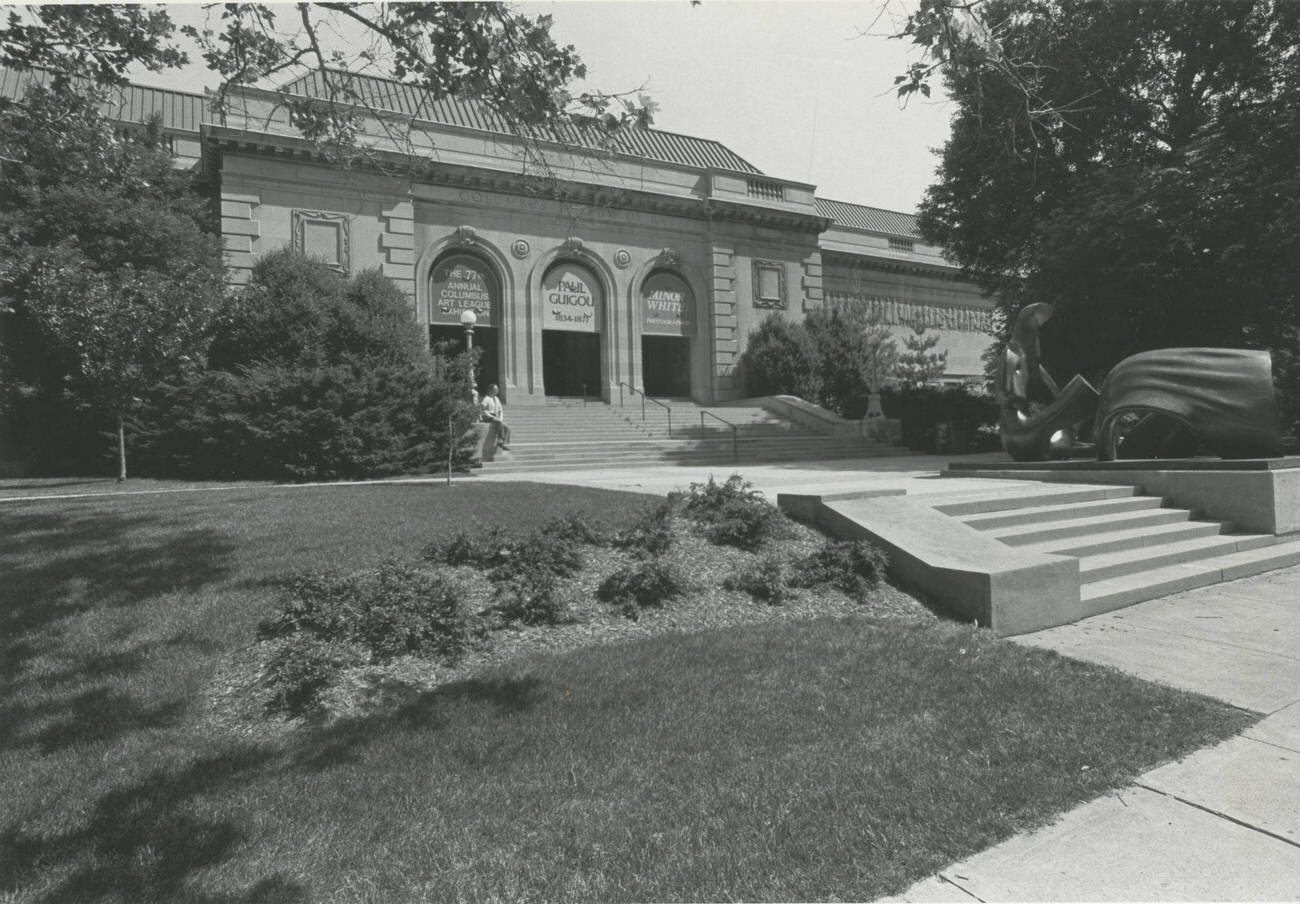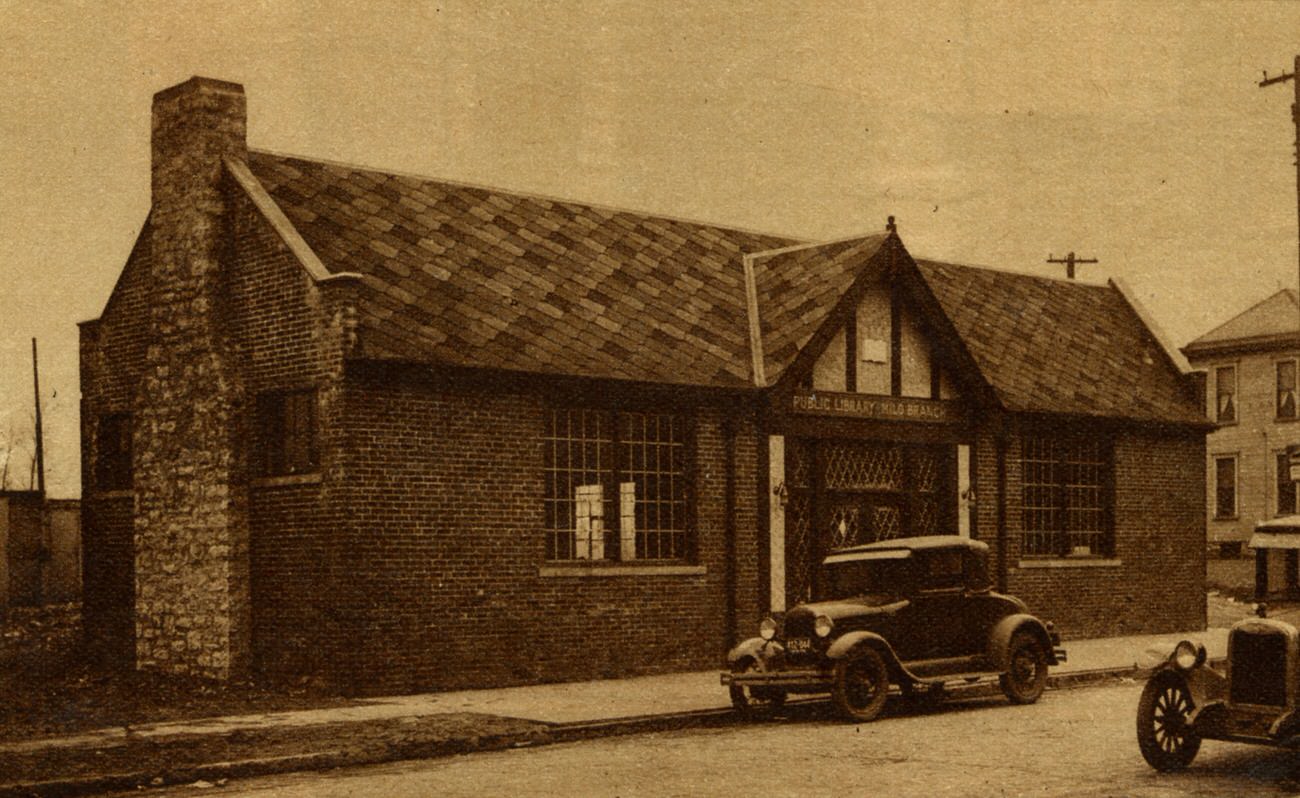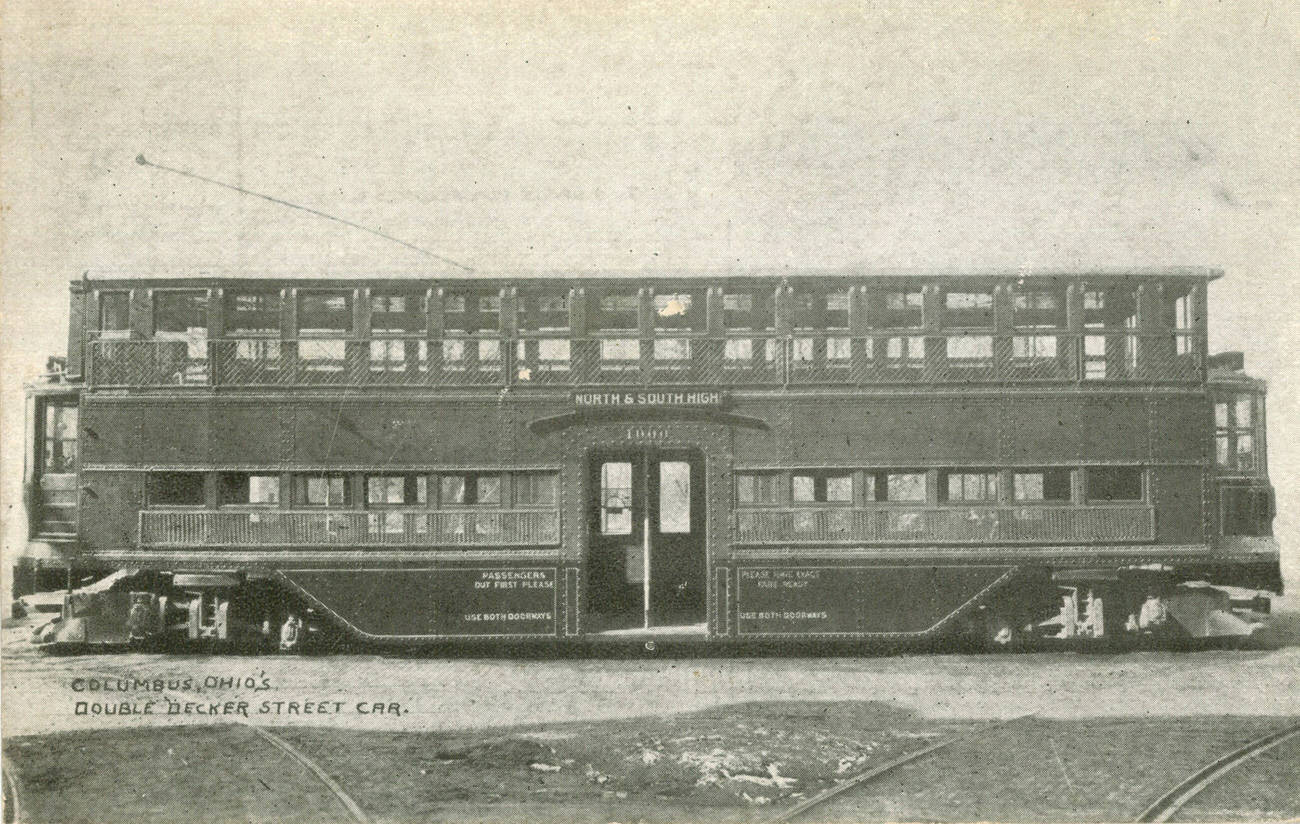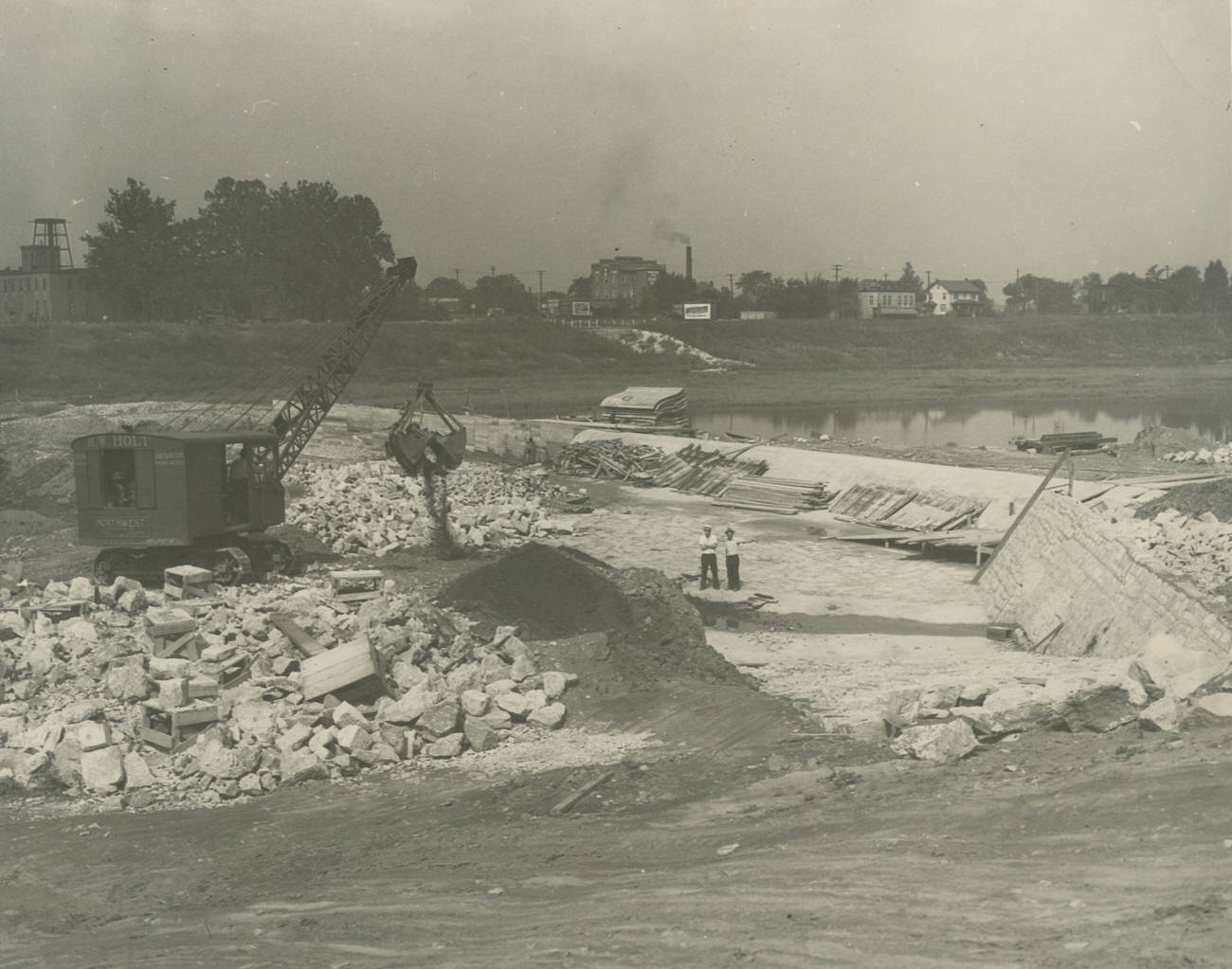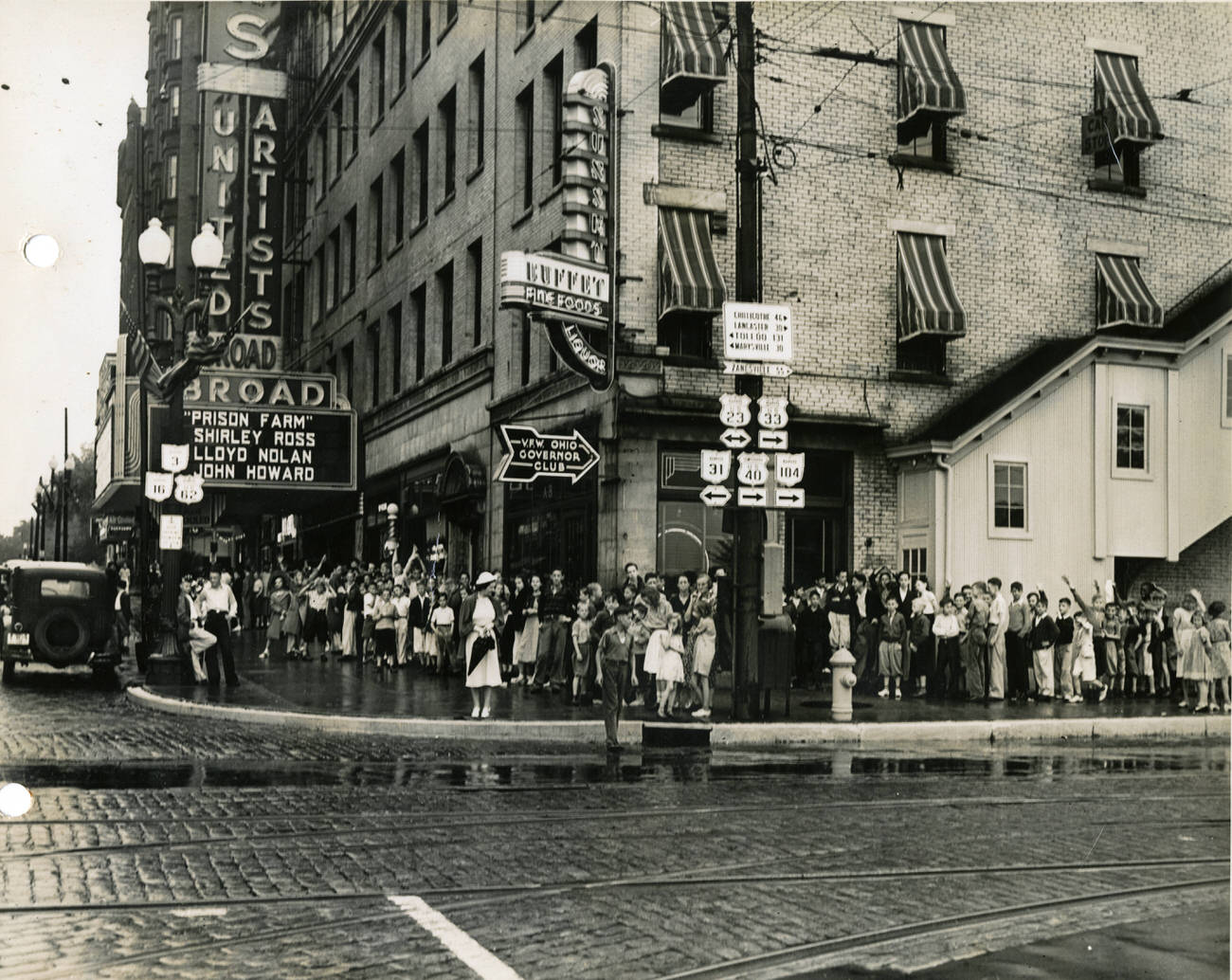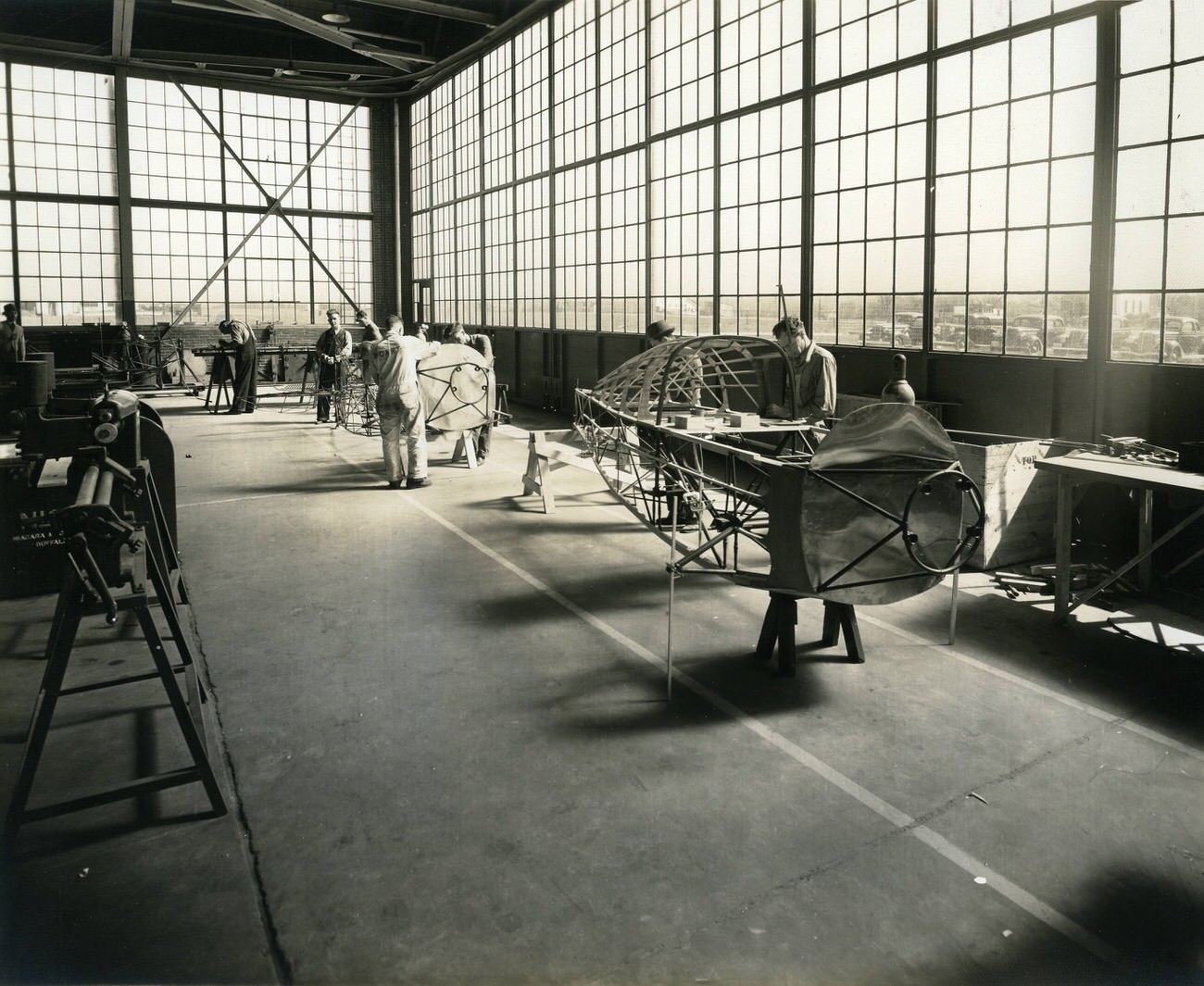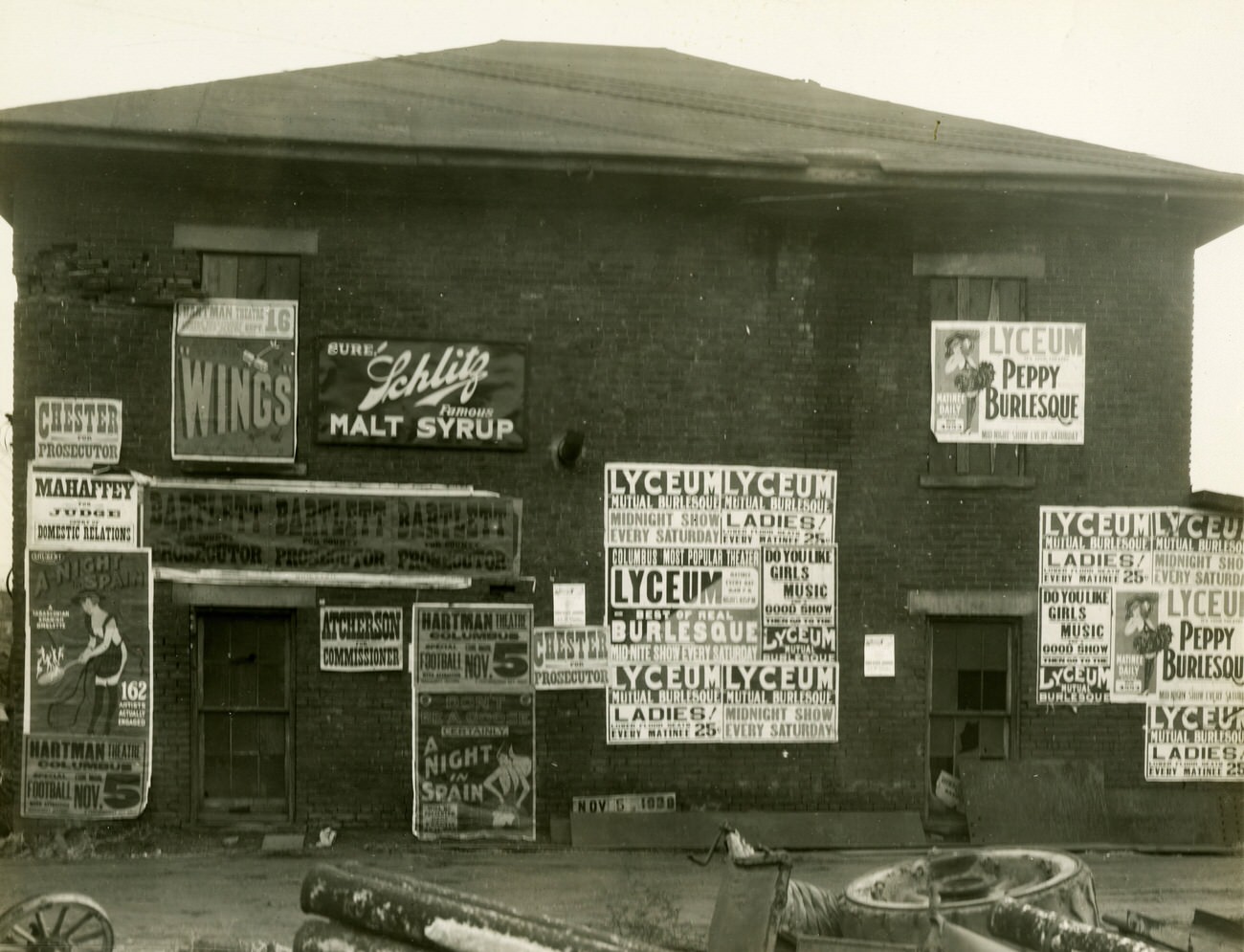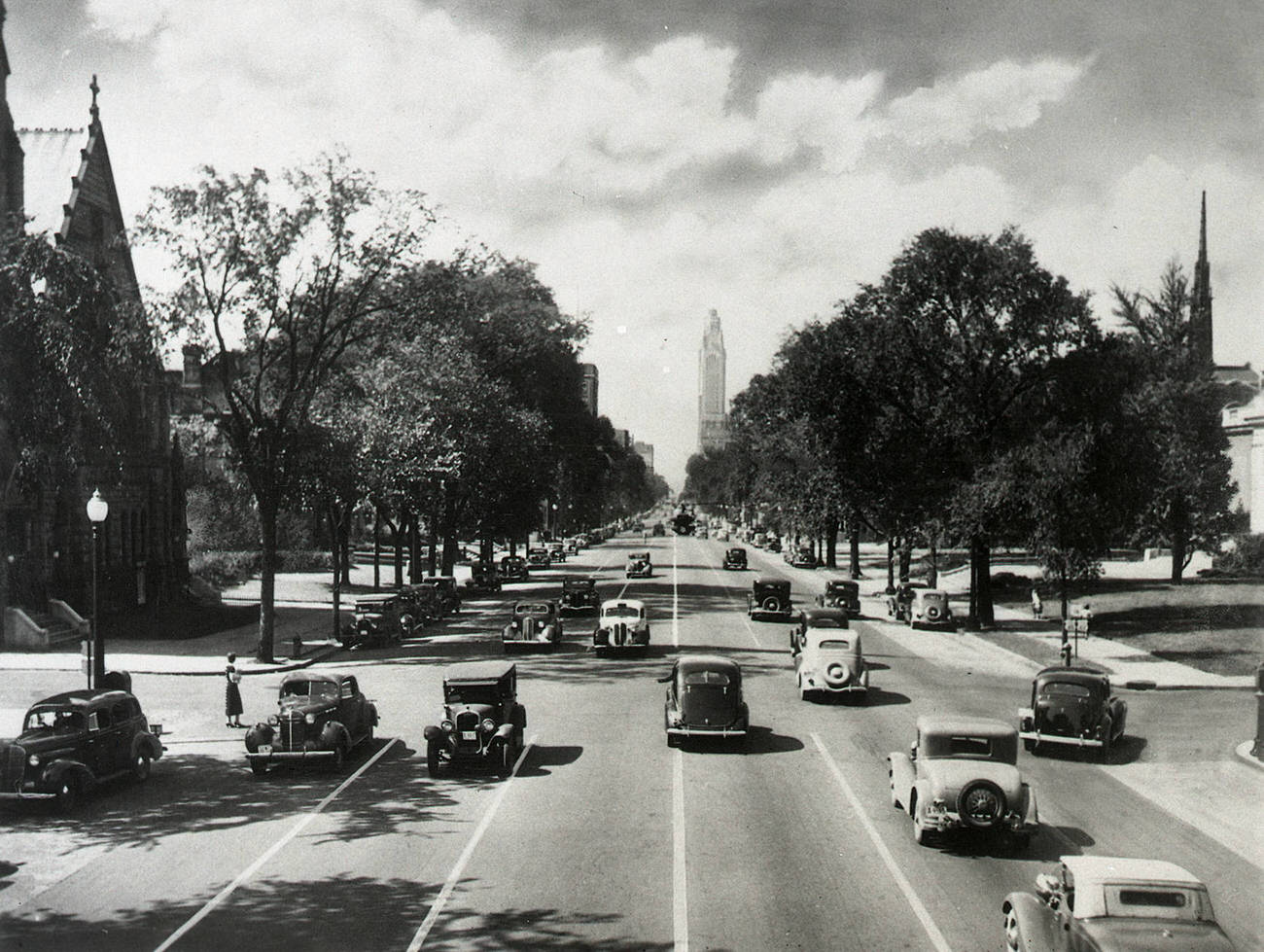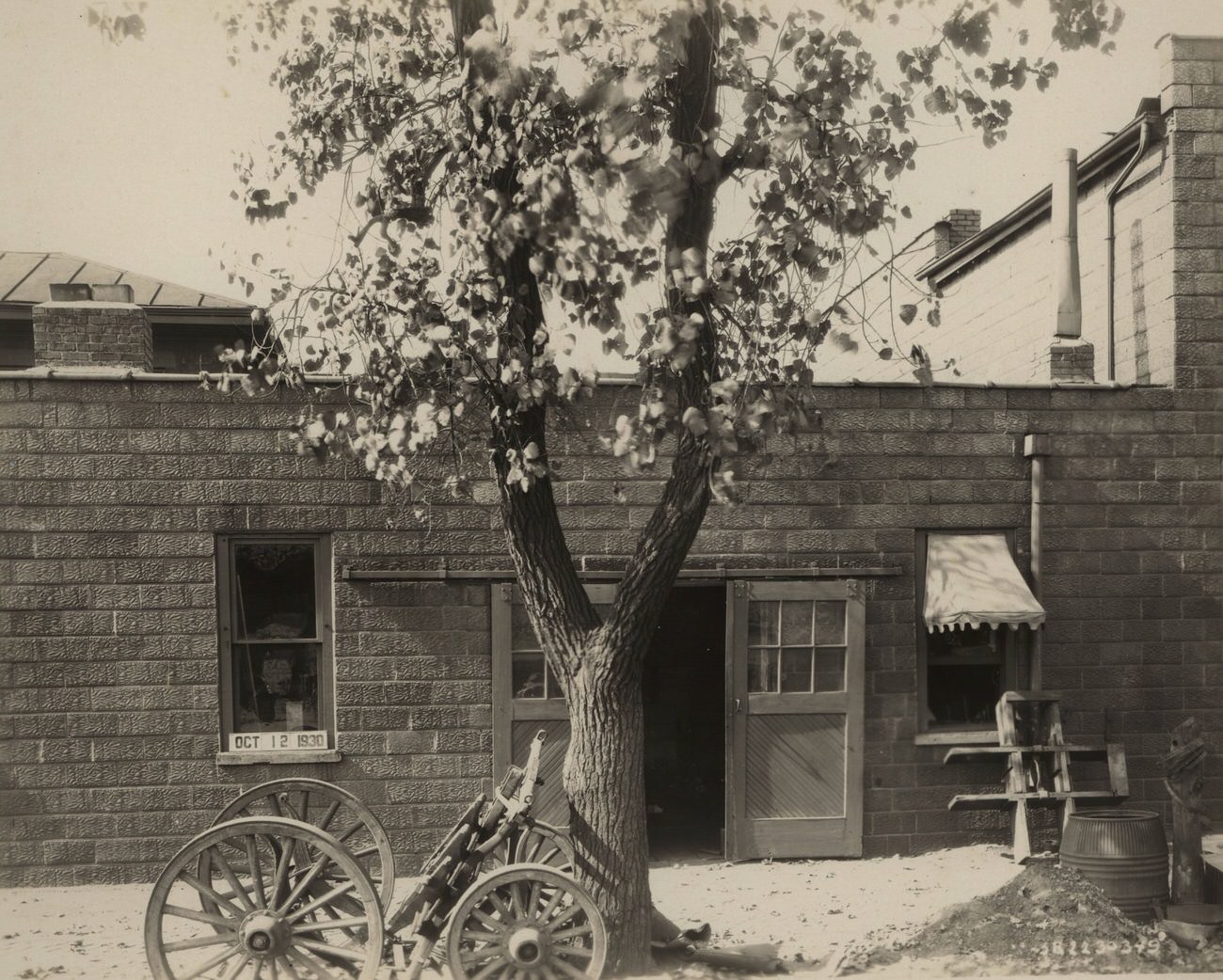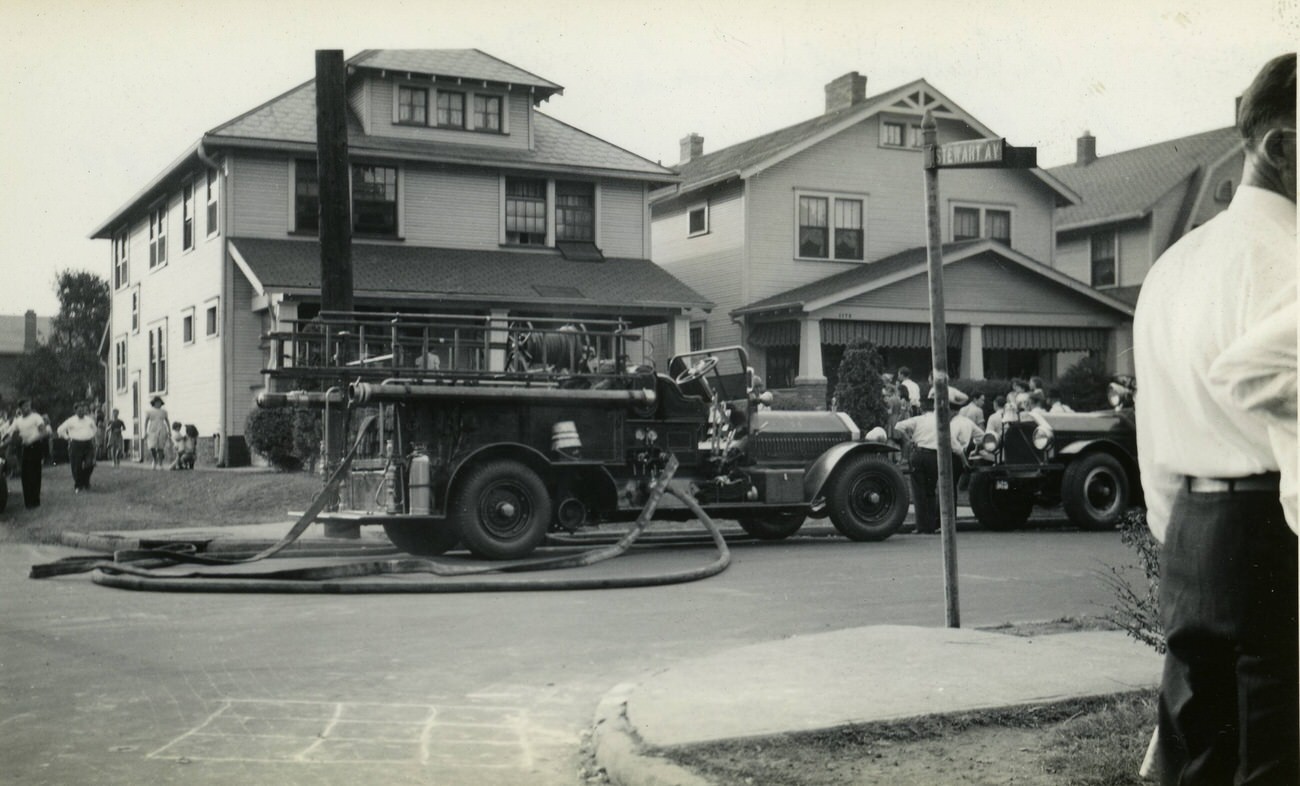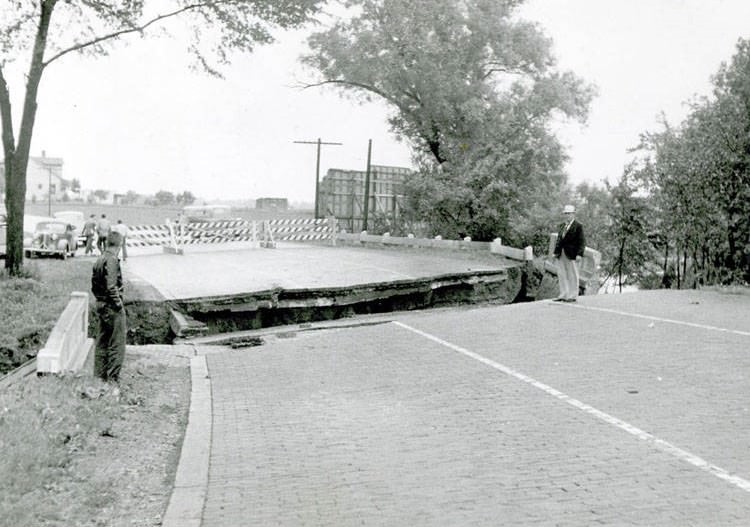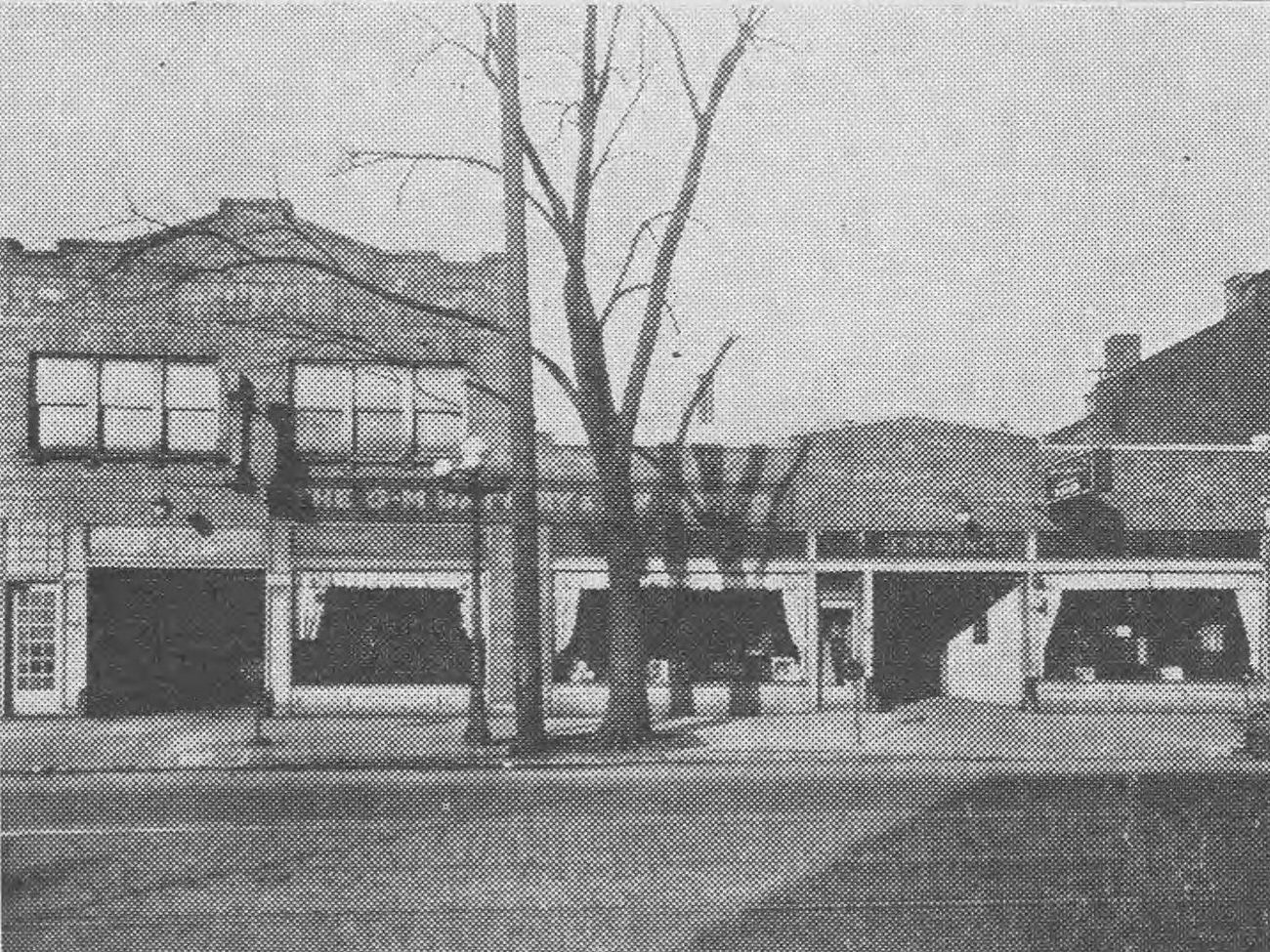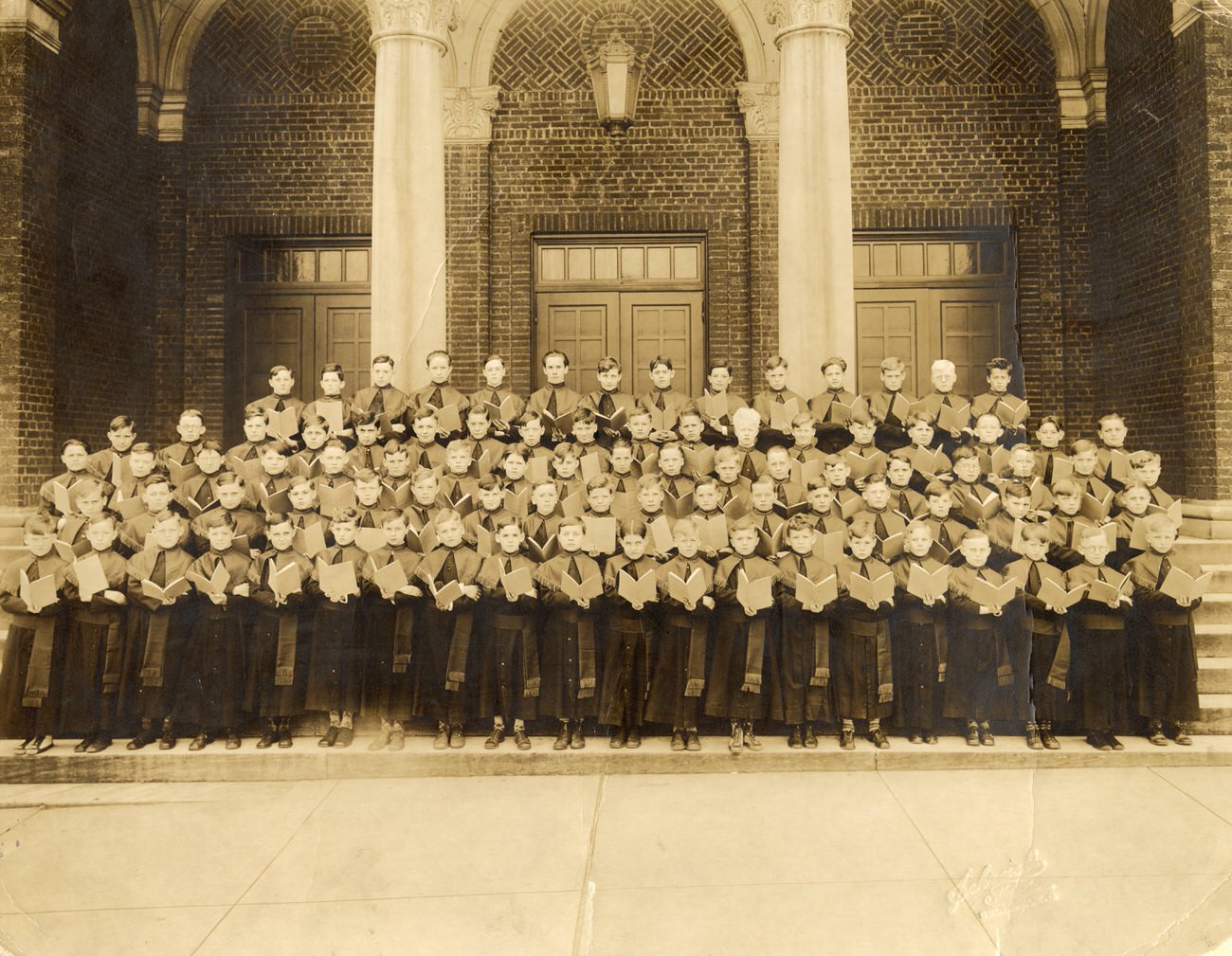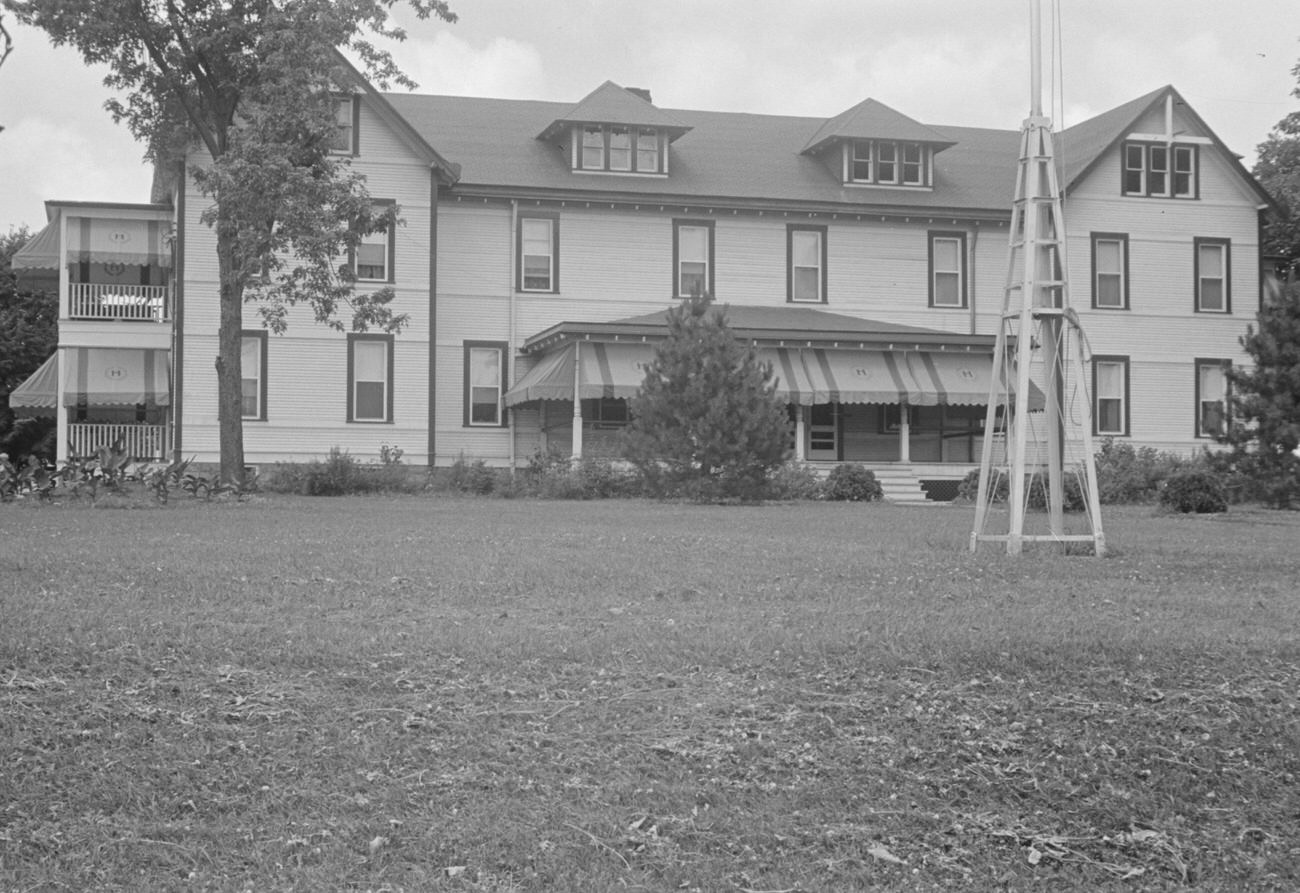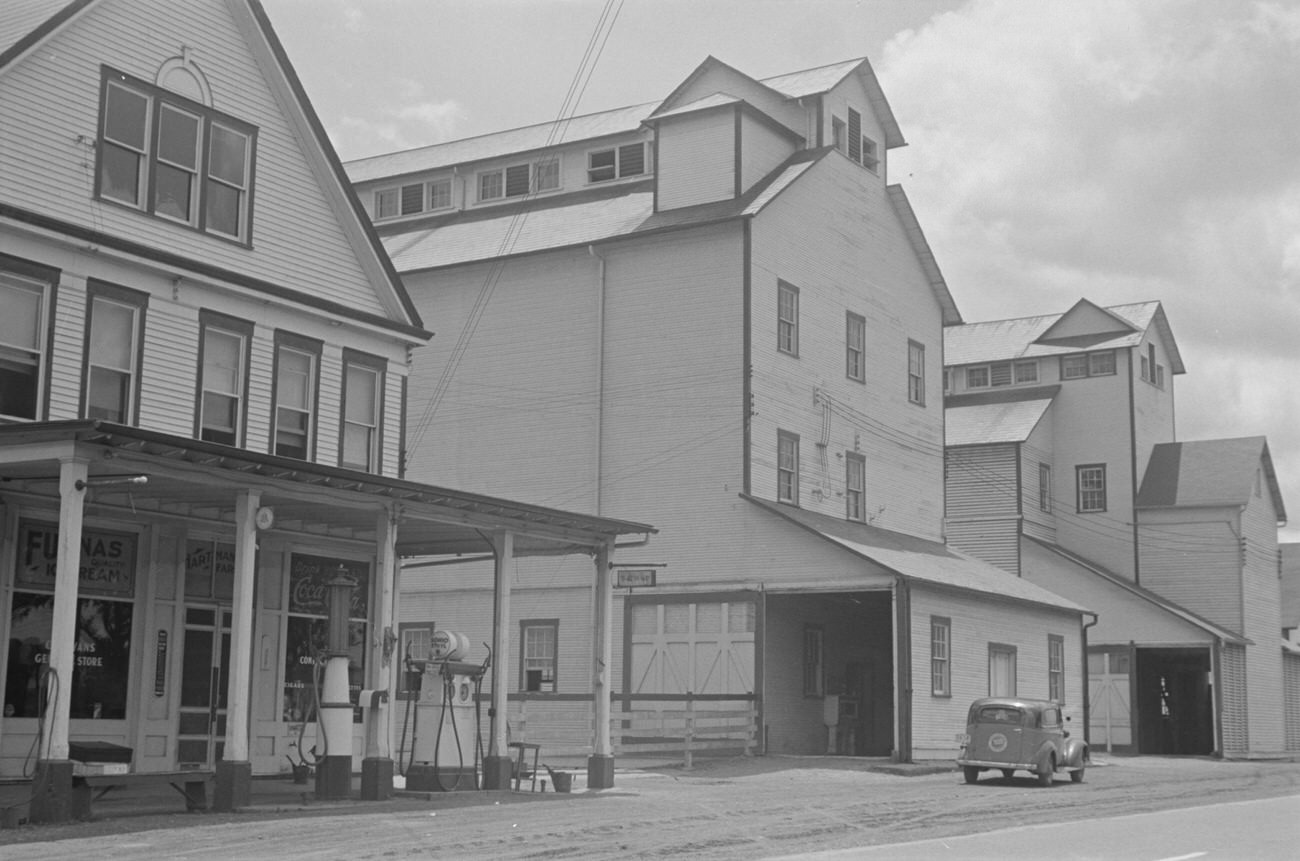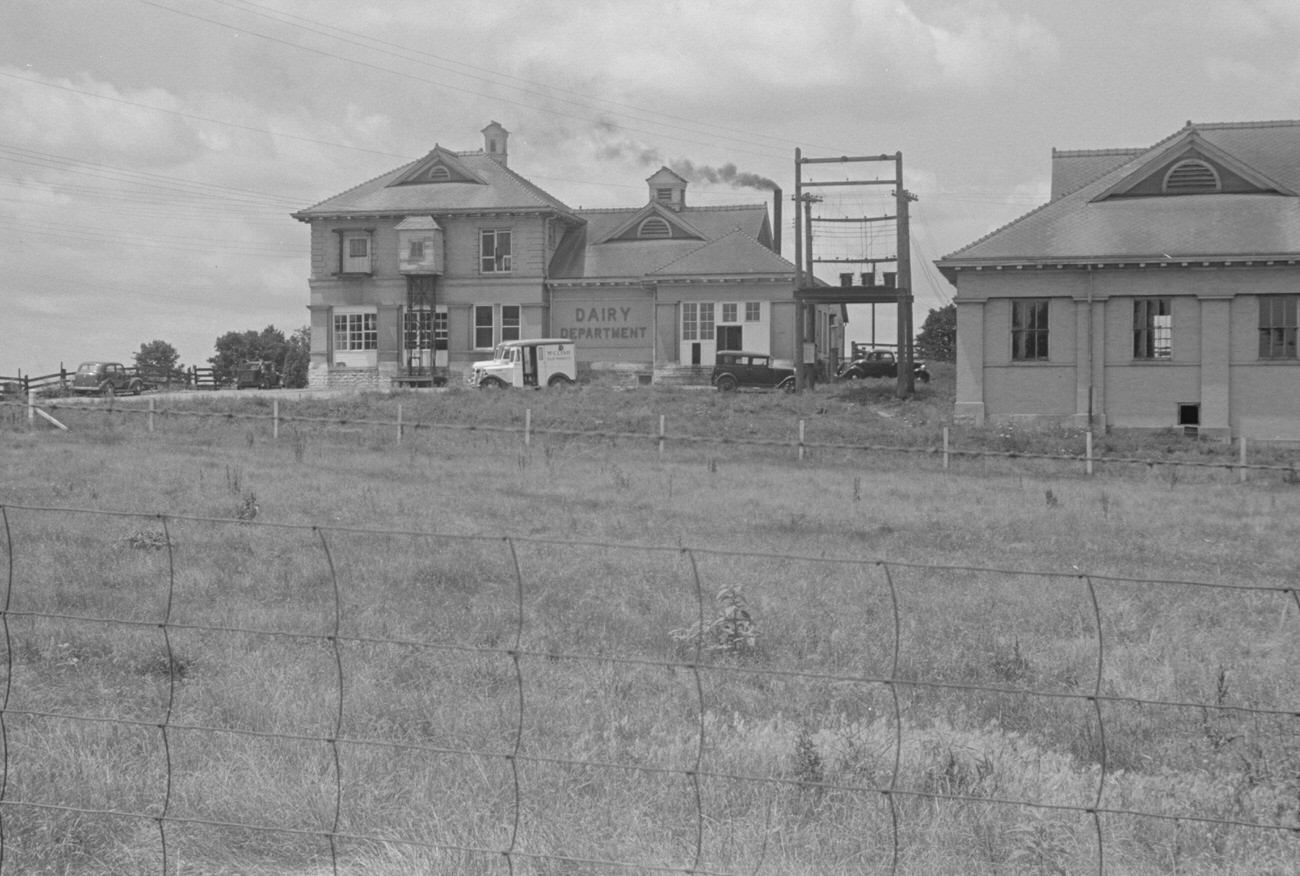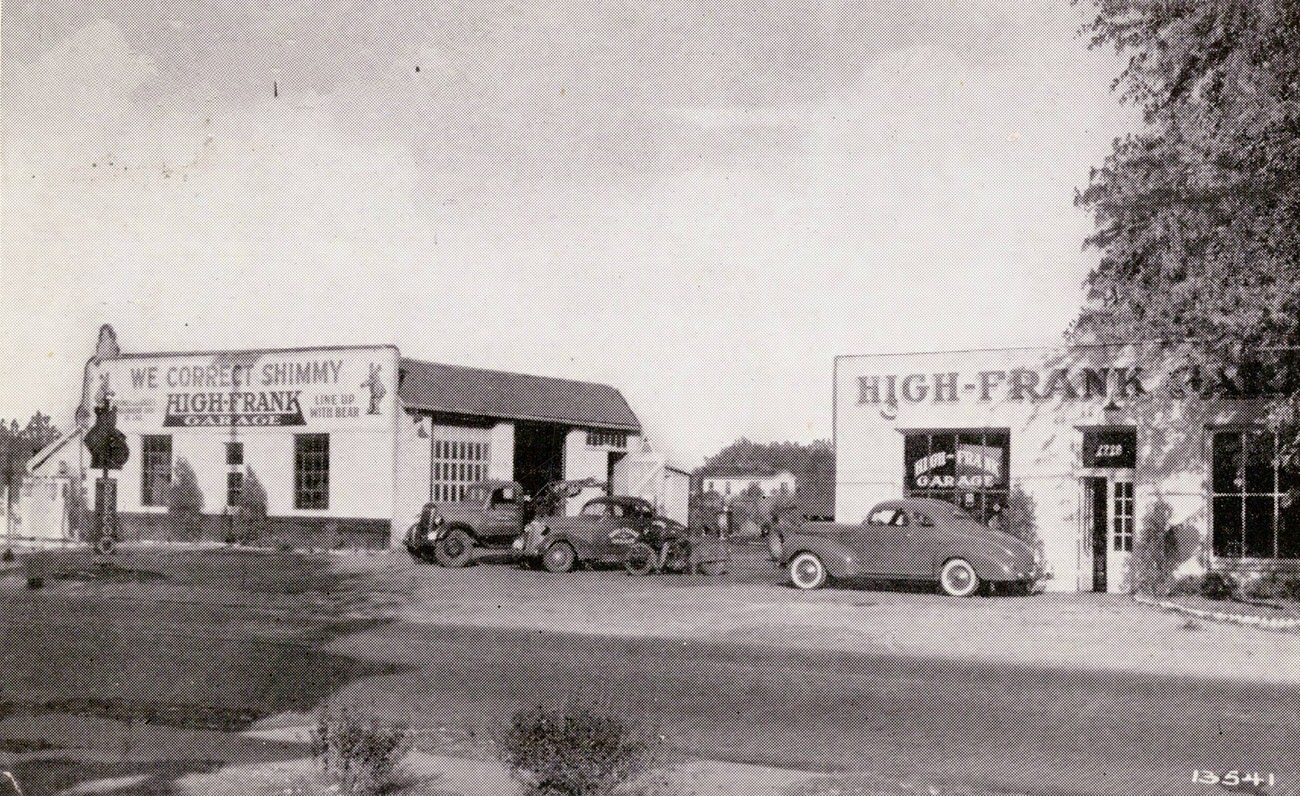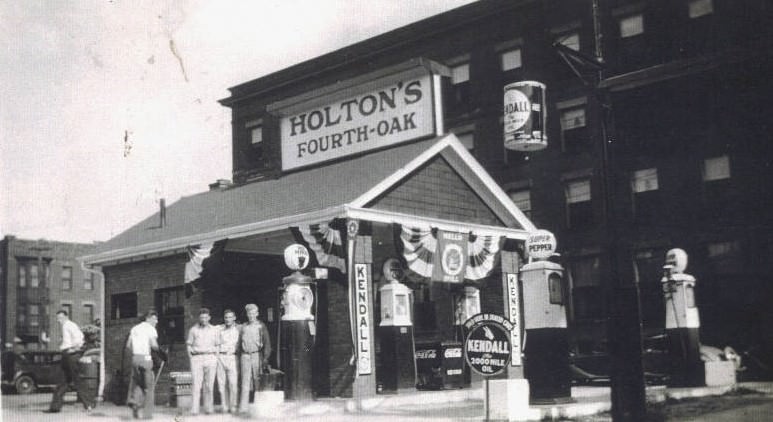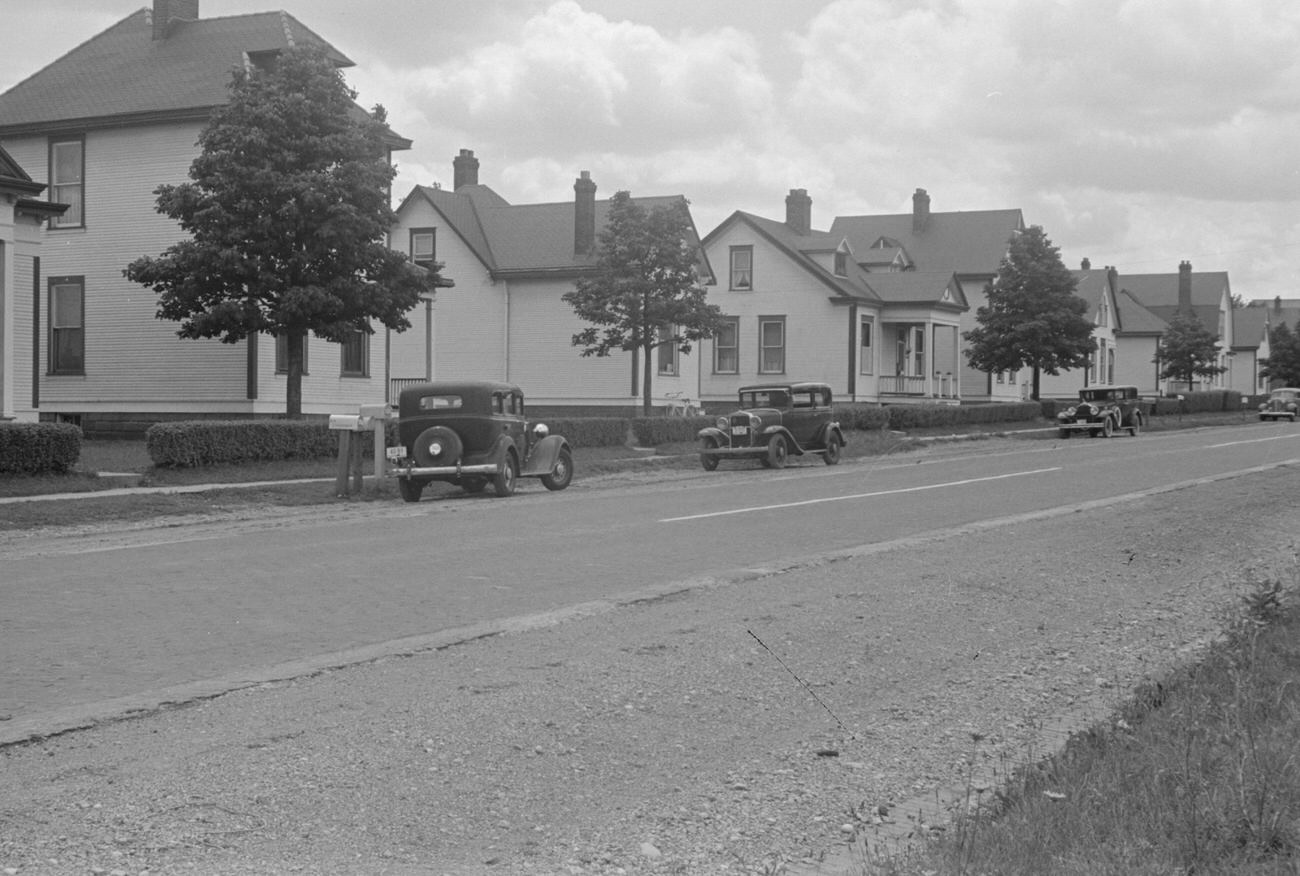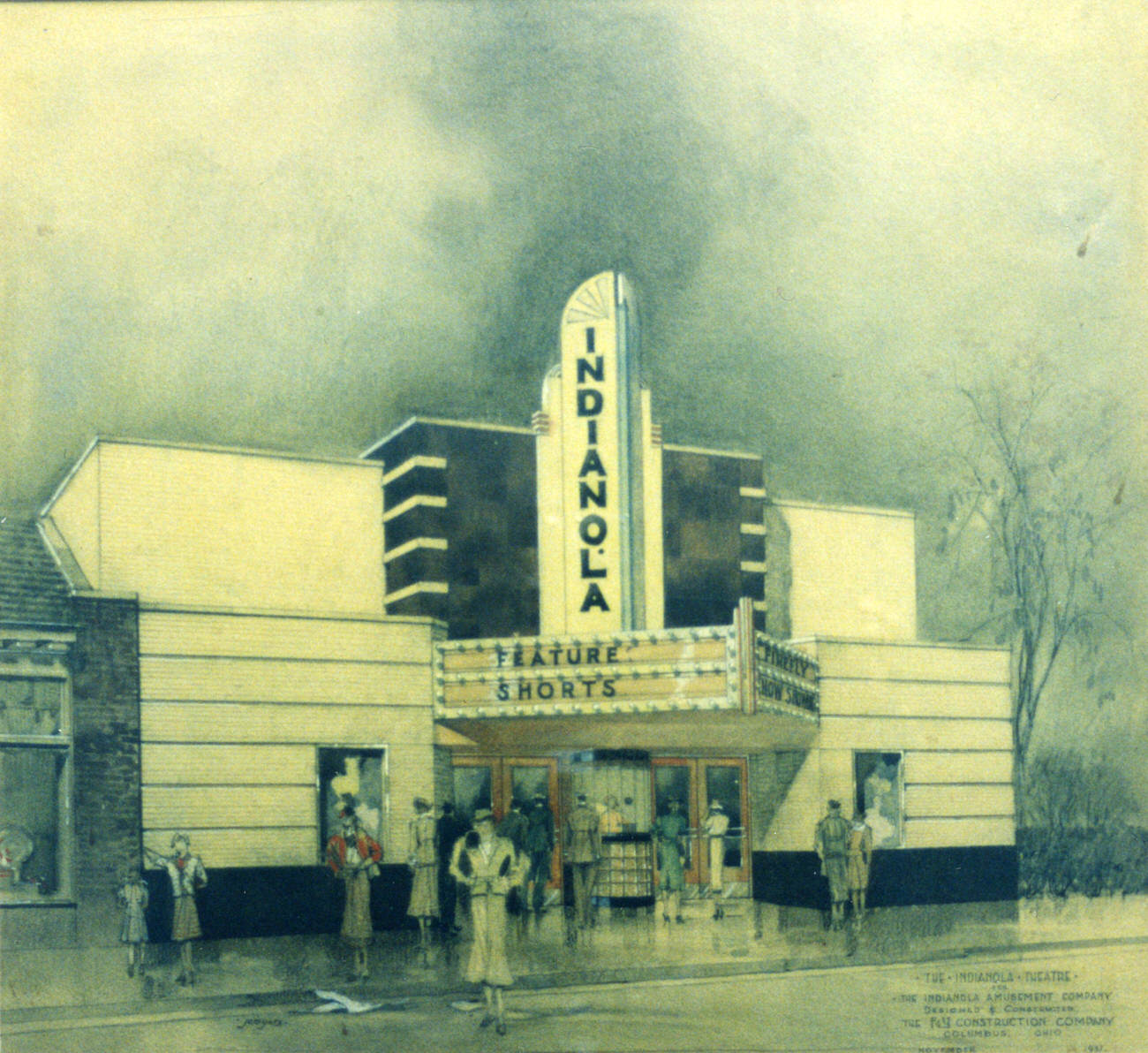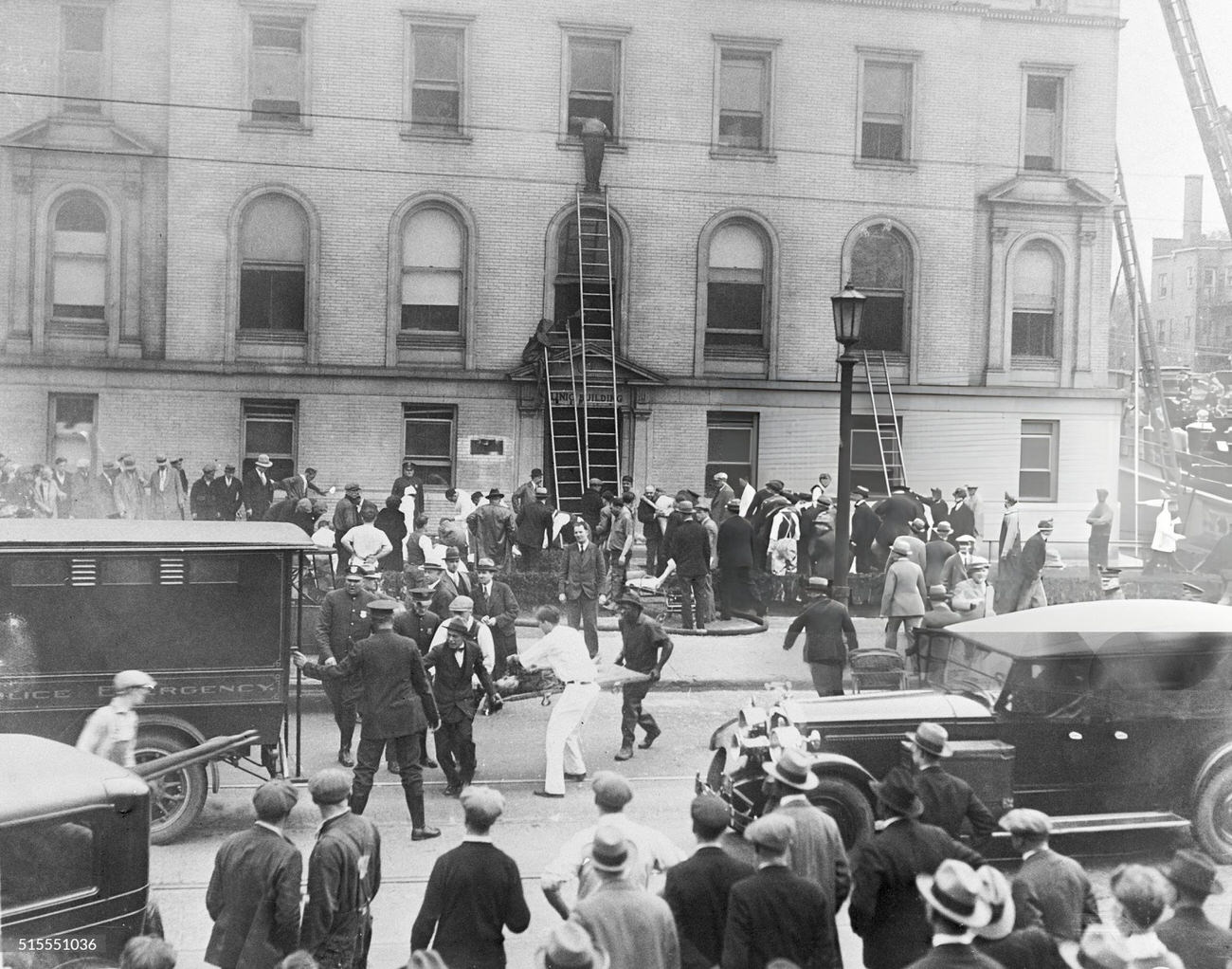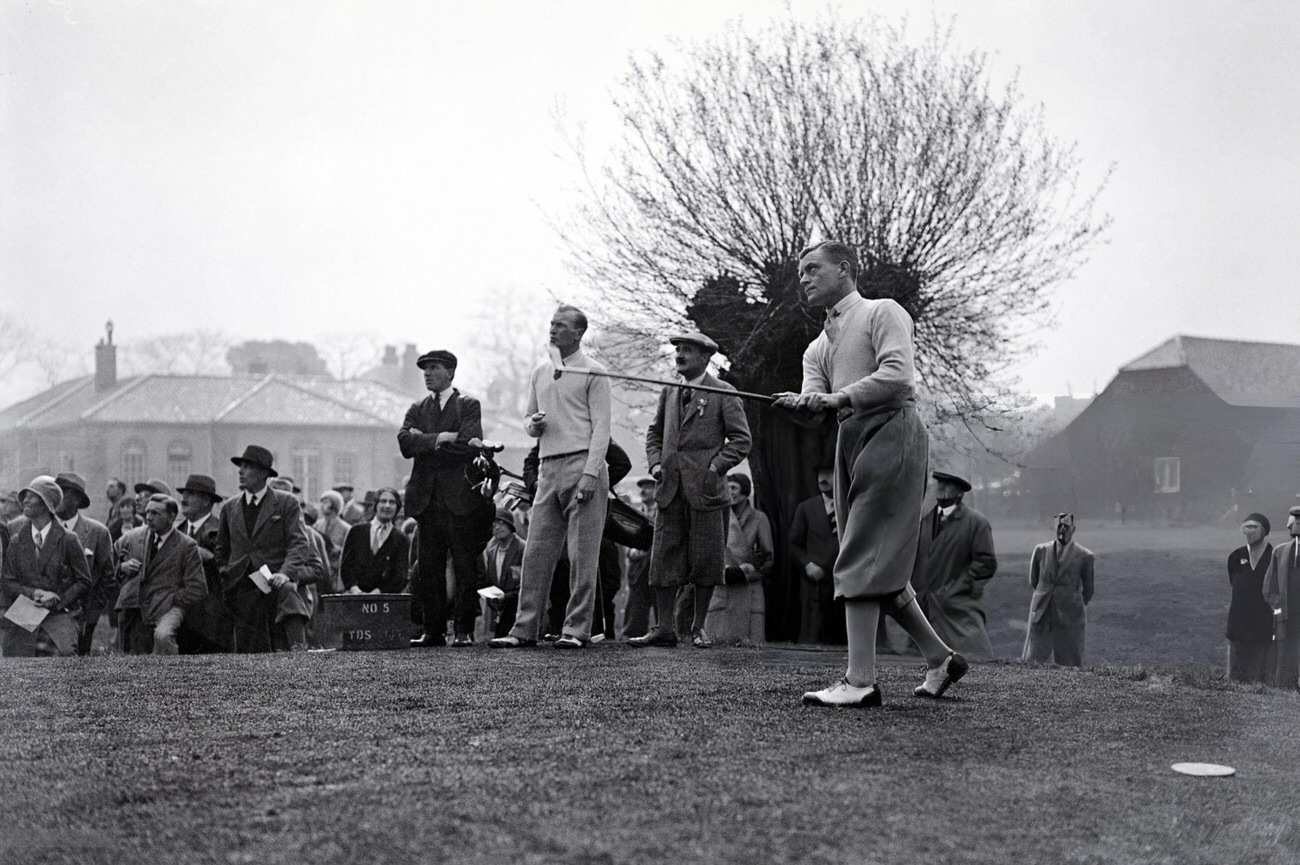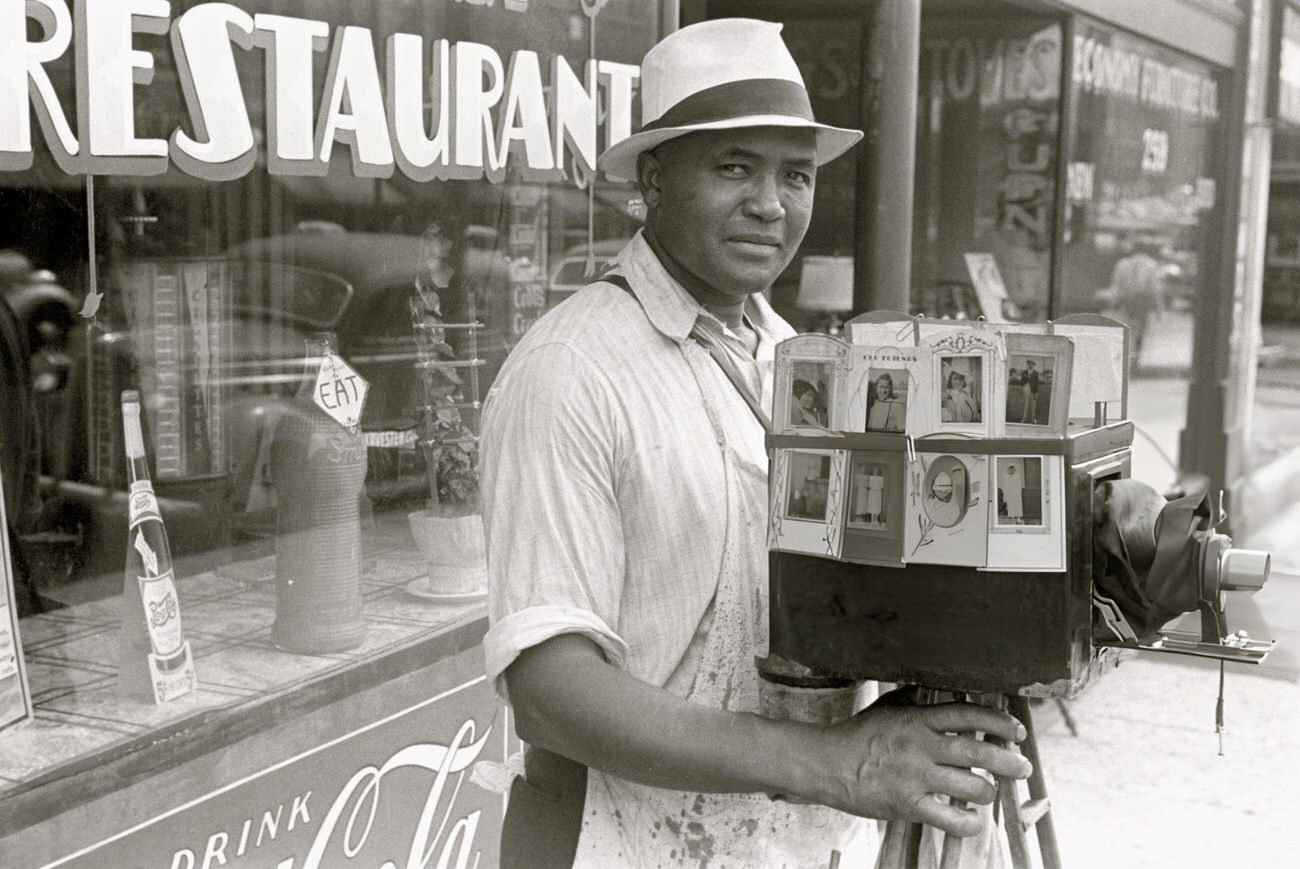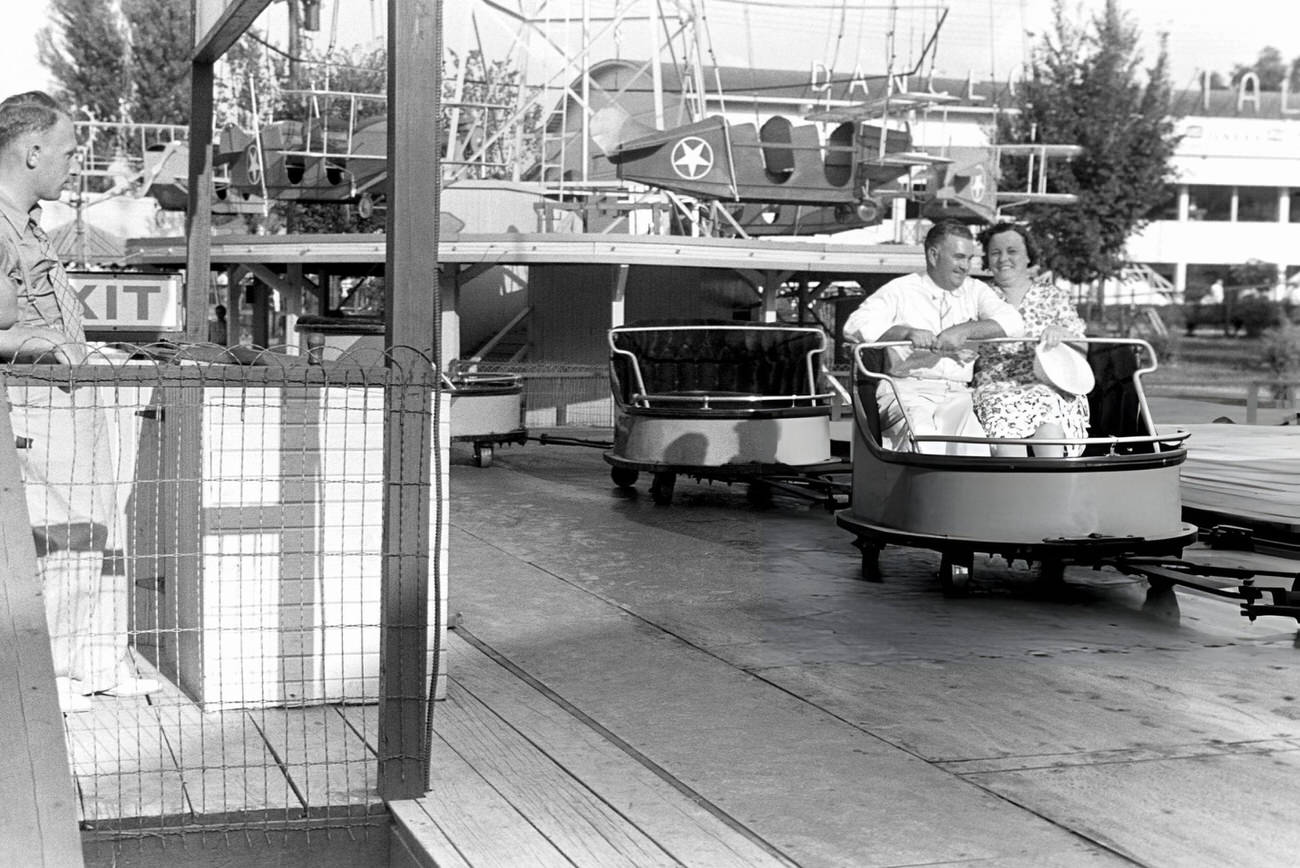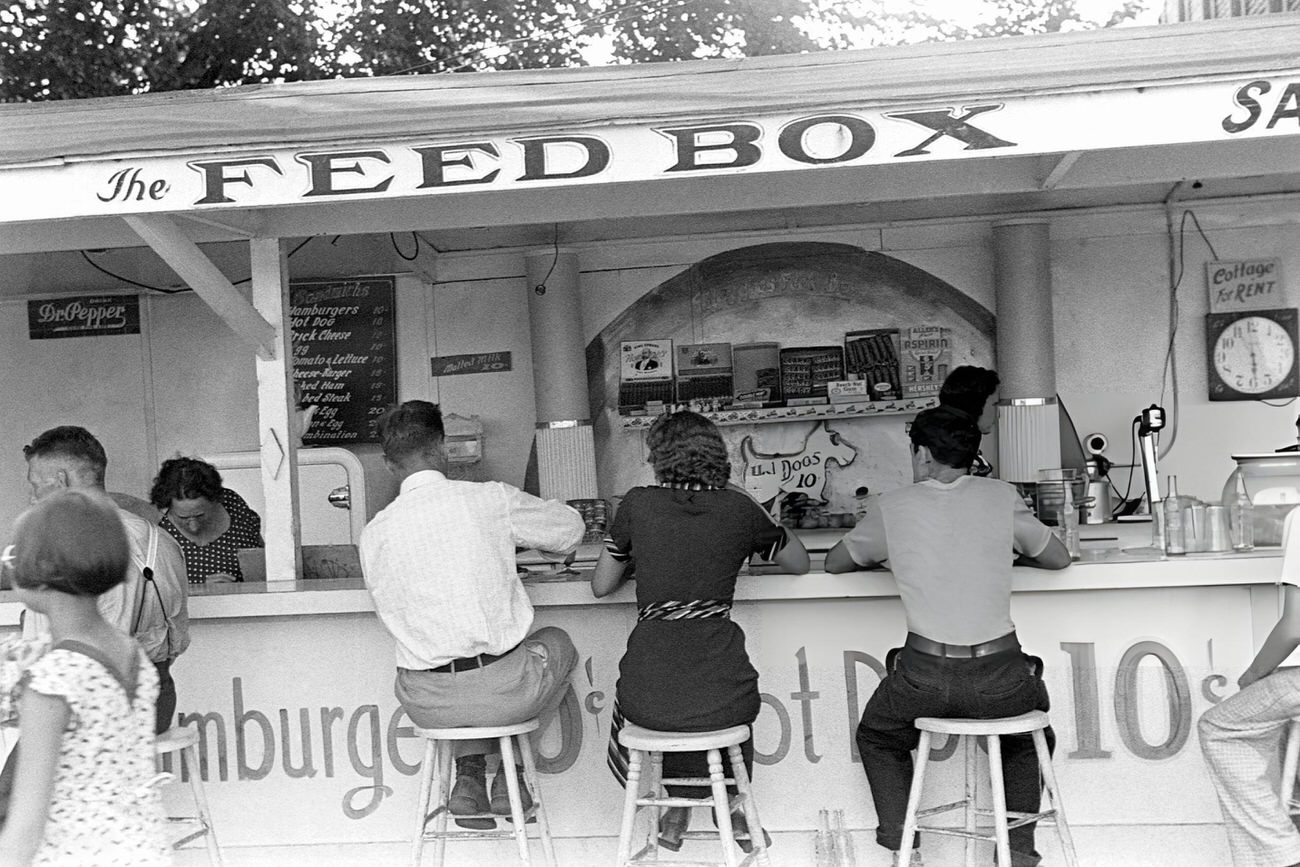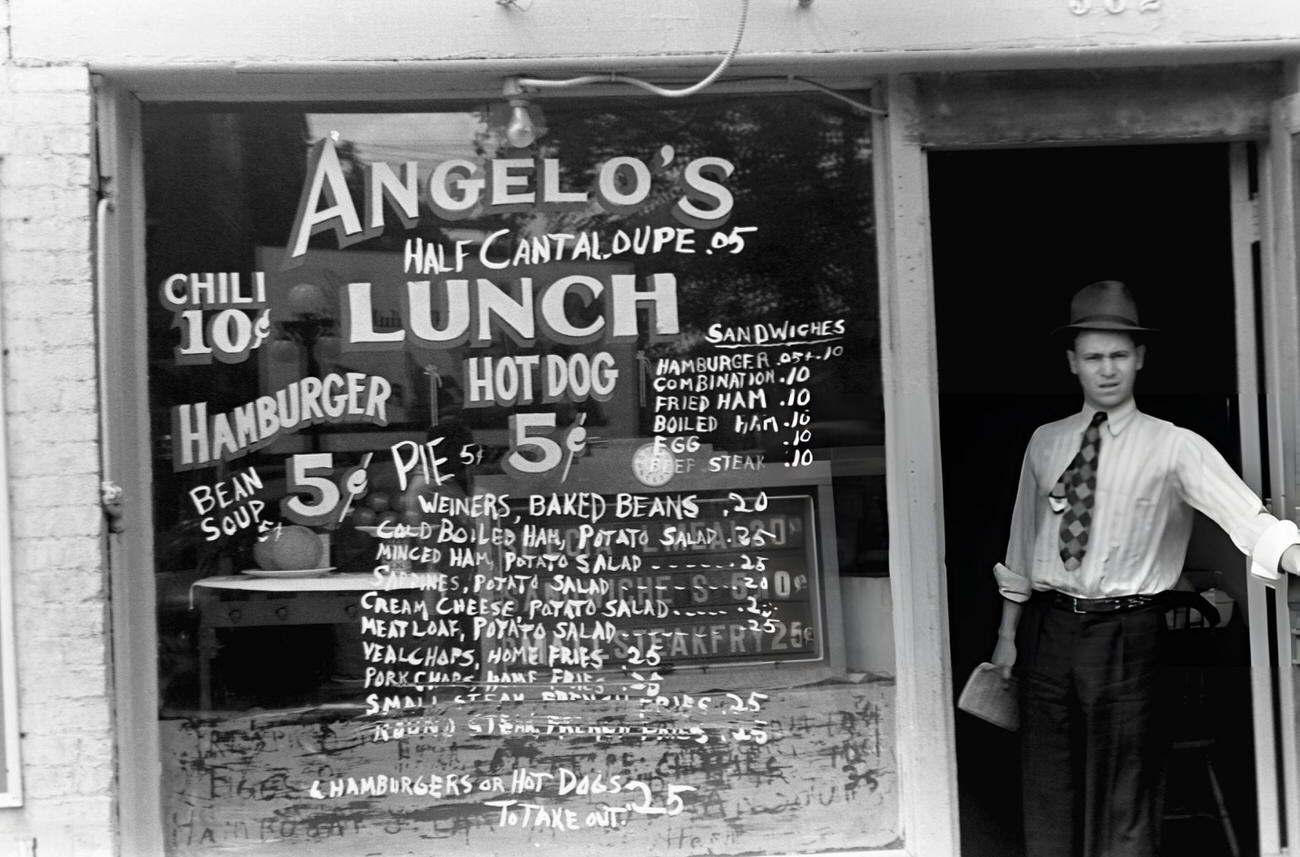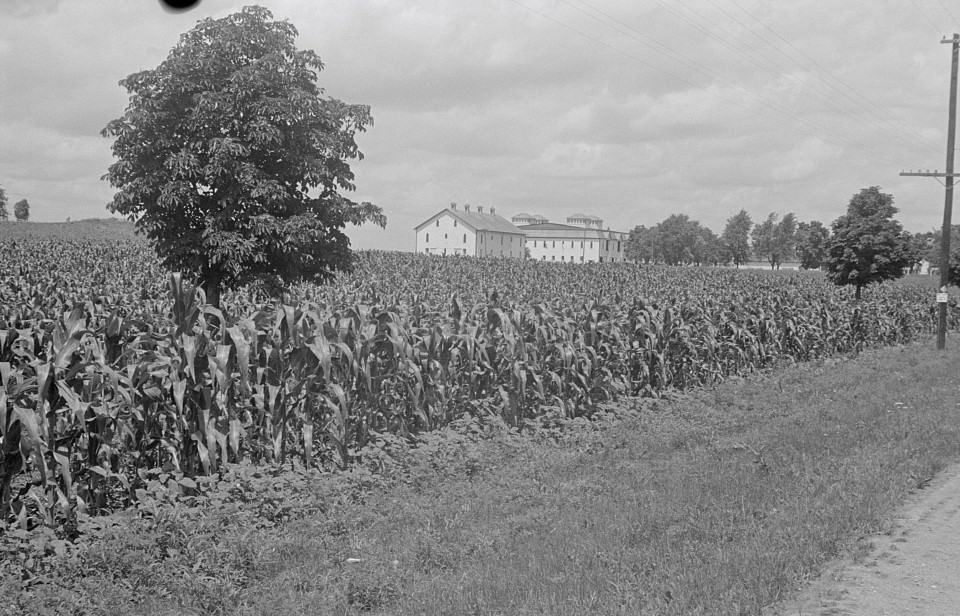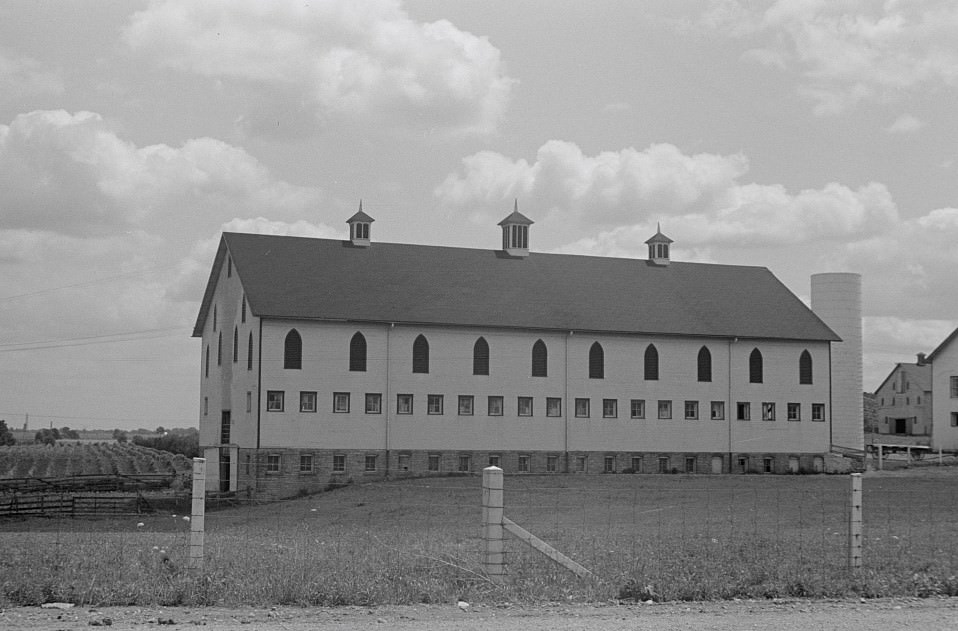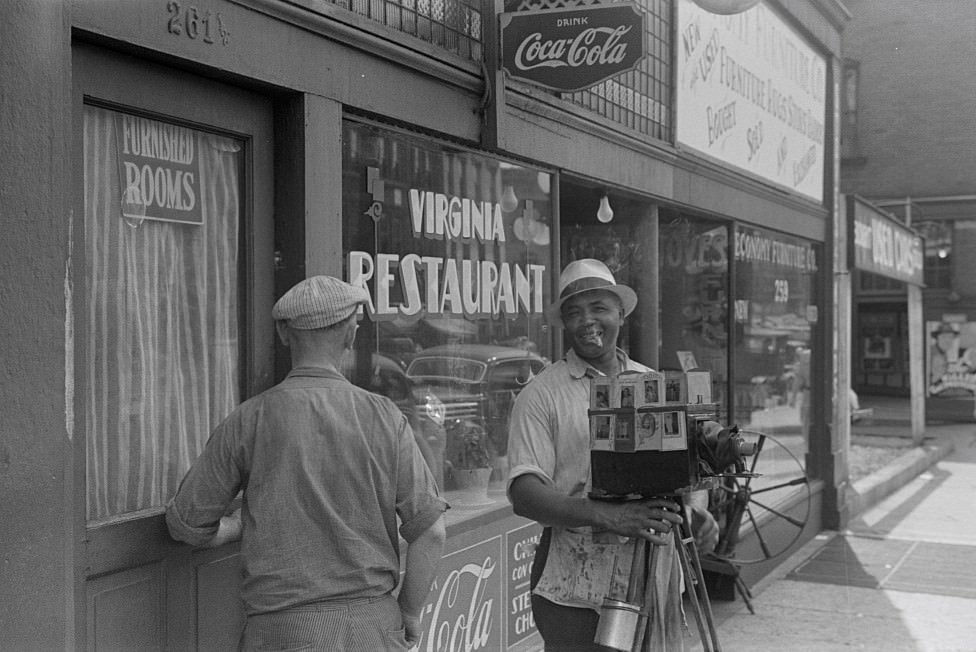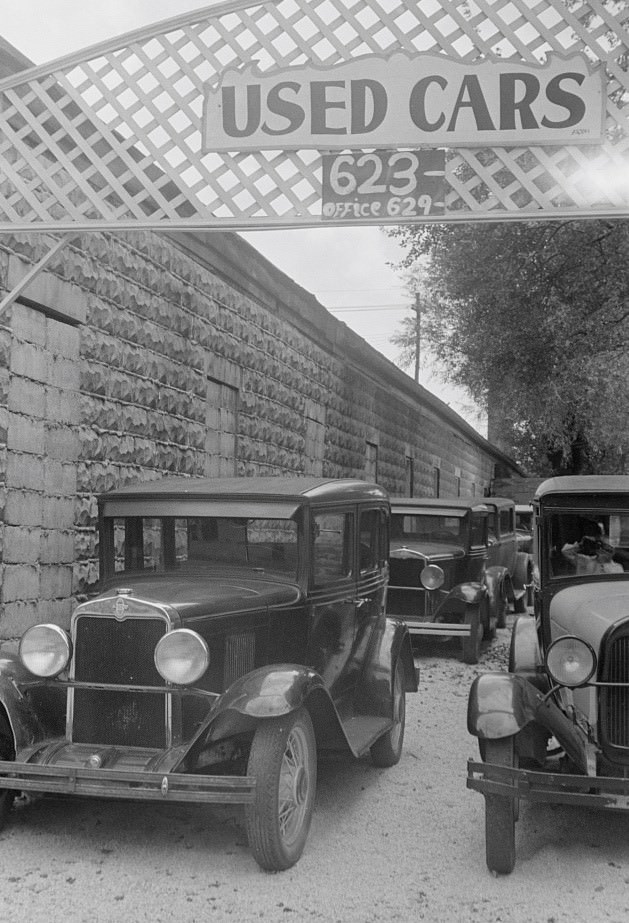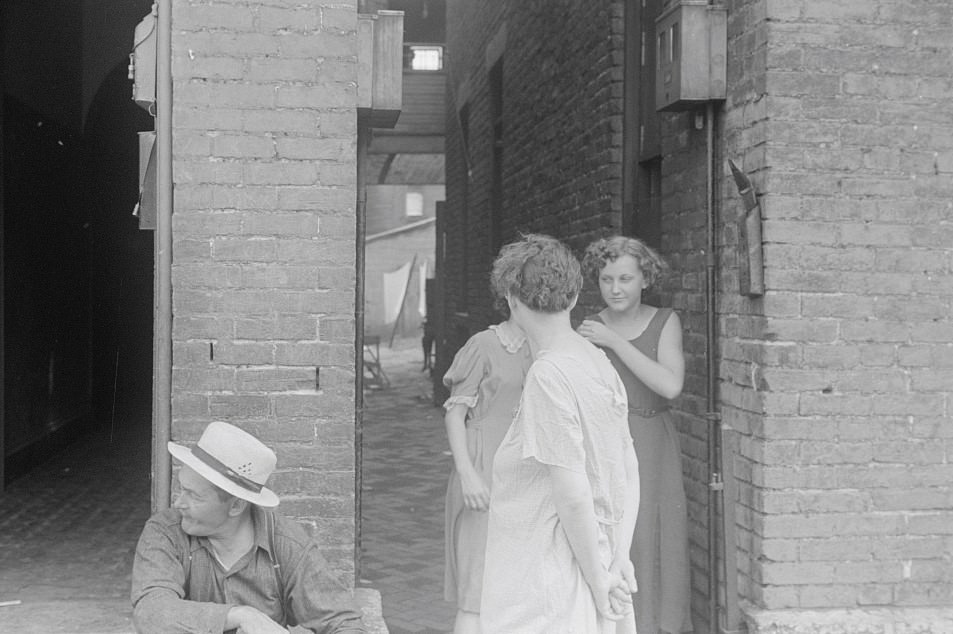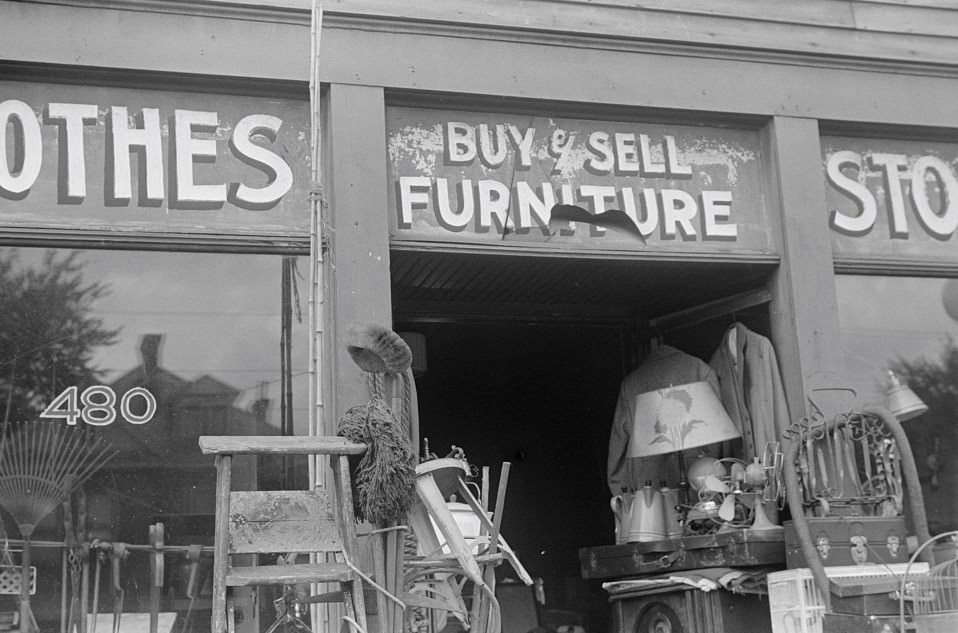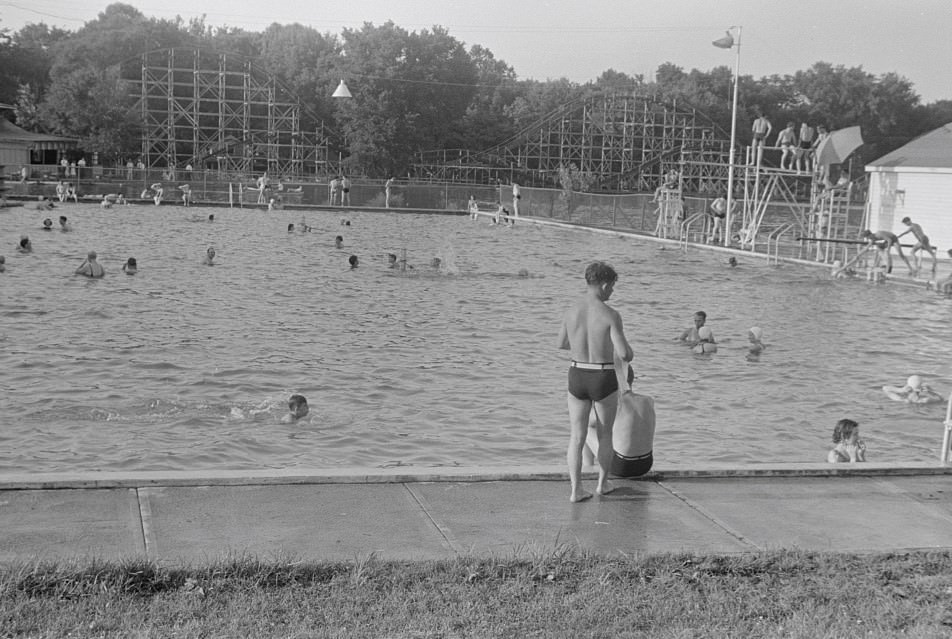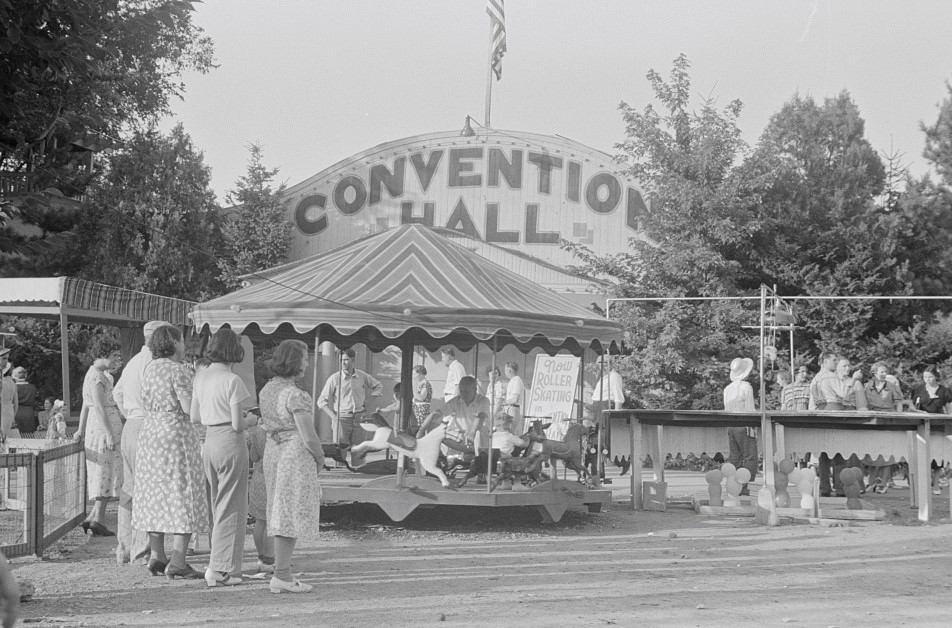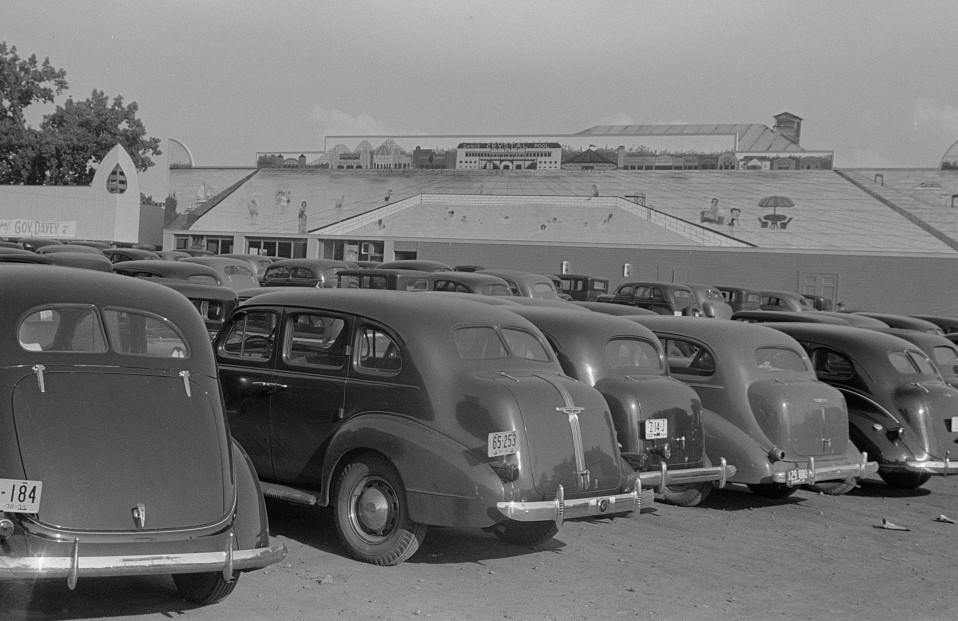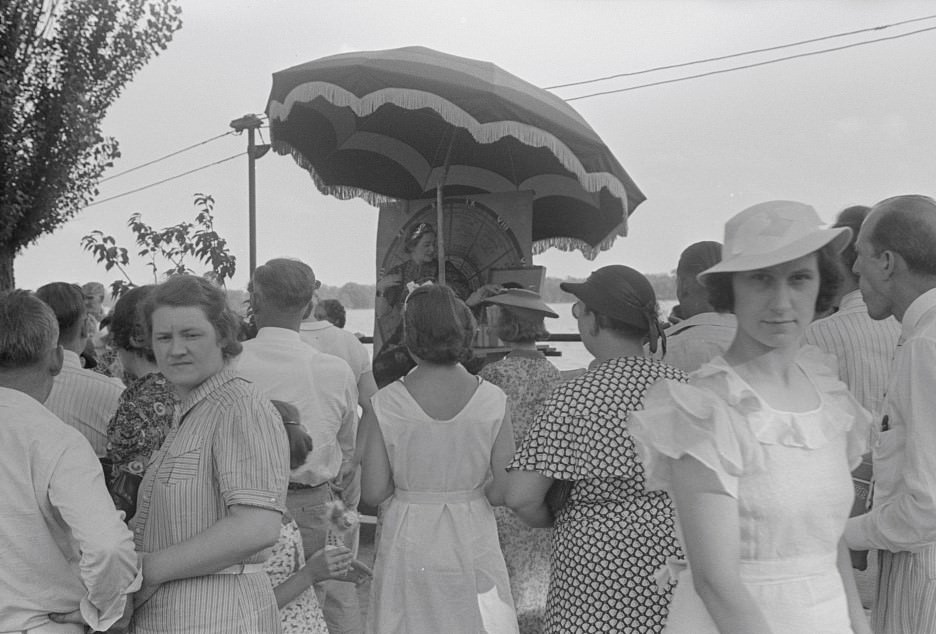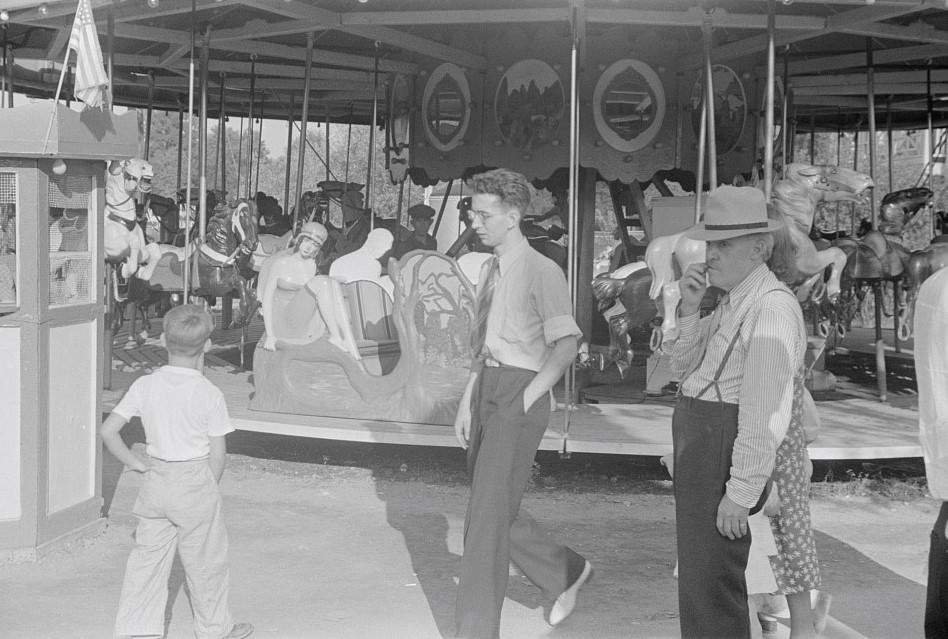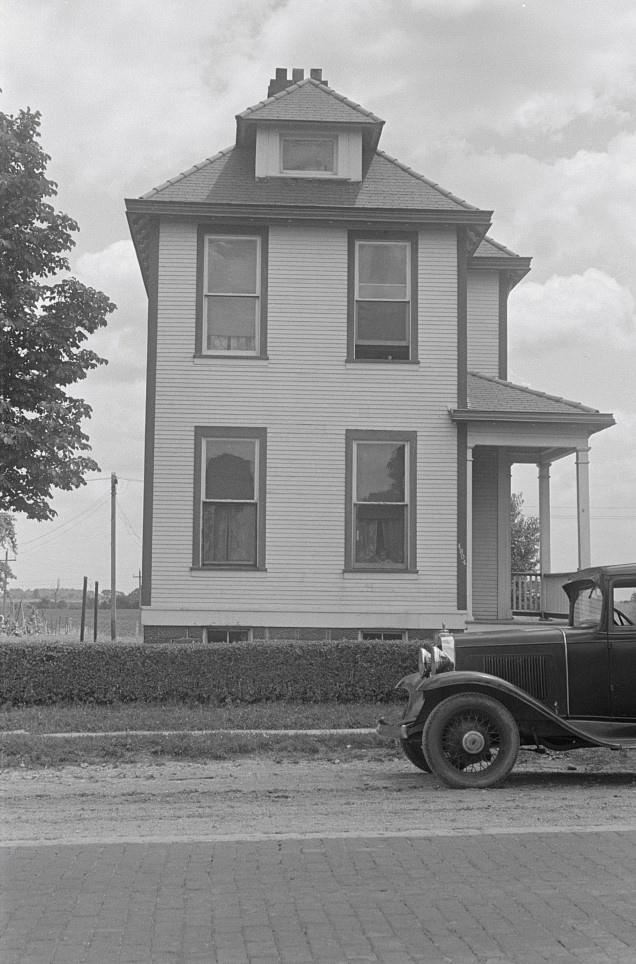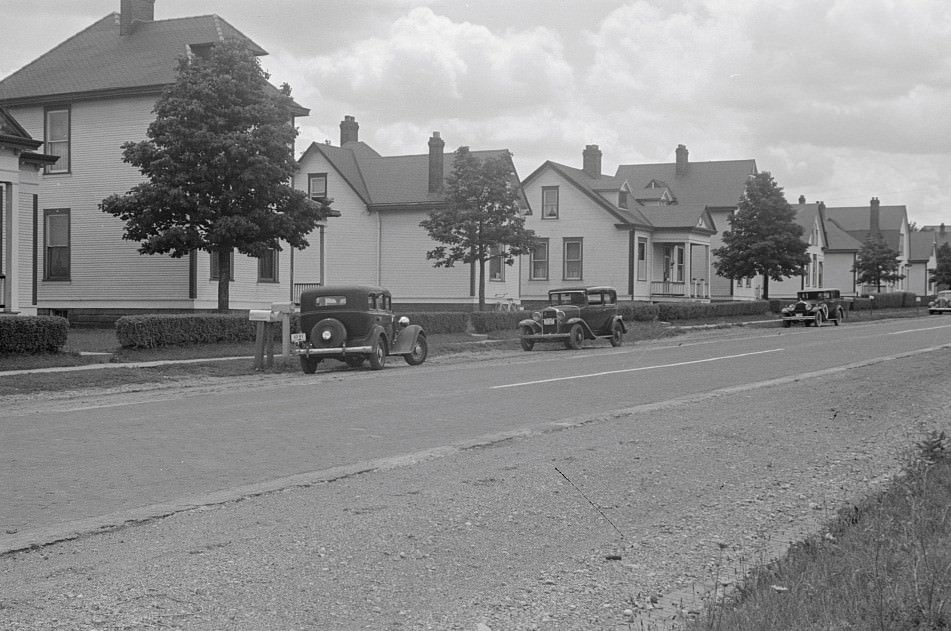The 1930s was a crucial time for Columbus, Ohio, deeply marked by the scars of the Great Depression yet also by the city’s indomitable spirit of resilience and recovery. This era, fraught with economic hardship and social upheaval, nonetheless showcased Columbus’s ability to adapt and gradually reclaim its path to growth, mirroring the broader national struggle and eventual rebound during these tumultuous years.
Economic Challenges
The economic calamity brought on by the Great Depression in 1929 hit Columbus hard, with skyrocketing unemployment, failing businesses, and pervasive poverty. In the face of these adversities, Columbus became a focal point for New Deal initiatives under President Franklin D. Roosevelt. These projects not only aimed to jumpstart the economy but also to bolster public infrastructure, creating jobs and improving the city’s facilities through the enhancement of roads, parks, and public buildings.
Urban Development and Housing Initiatives
Housing and urban development were critical areas of focus during the 1930s, as the economic crisis exacerbated existing challenges. The federal government’s New Deal programs introduced public housing projects in Columbus, aimed at providing affordable living options for the city’s low-income residents and revitalizing construction activity. These efforts marked the dawn of organized public housing in Columbus, seeking to mitigate the dire housing shortages and improve living conditions.
The 1930s also saw advancements in transportation within Columbus. The streetcar system, a vital part of the city’s infrastructure, continued to expand, connecting neighborhoods and facilitating movement within the growing city.
The arts and culture scene also found ways to thrive amidst the challenges. The Columbus Gallery of Fine Arts, now known as the Columbus Museum of Art, provided a space for creativity and expression. The city’s theaters, like the Ohio Theatre and the Palace Theatre, offered affordable entertainment and a much-needed escape from everyday worries.


